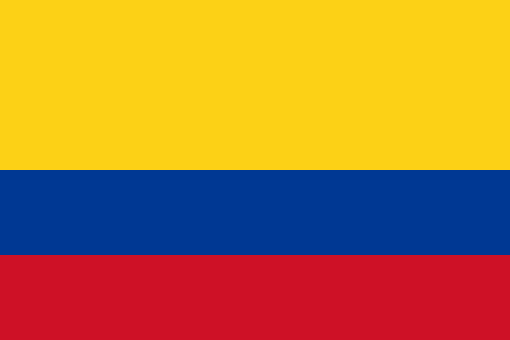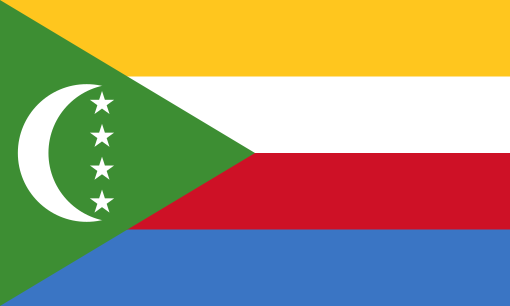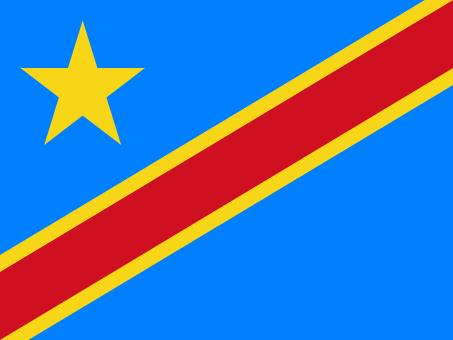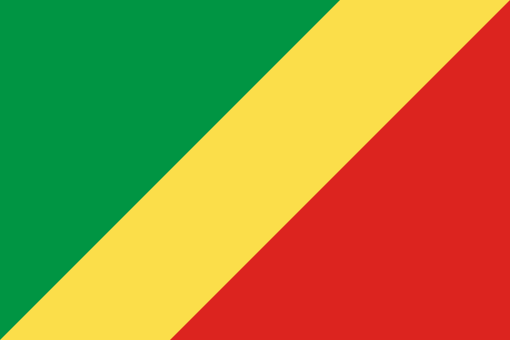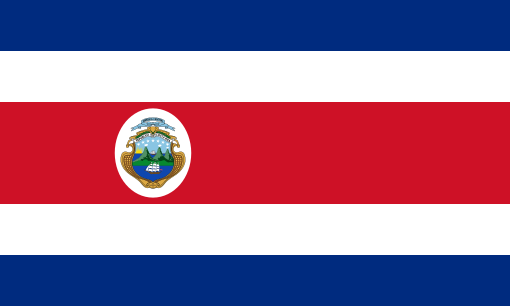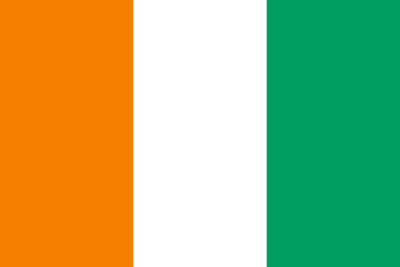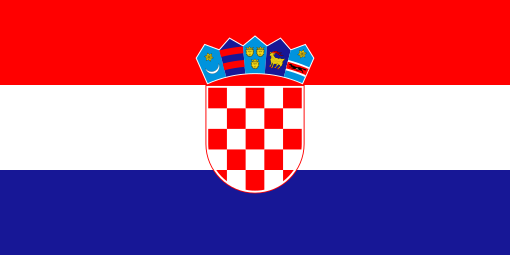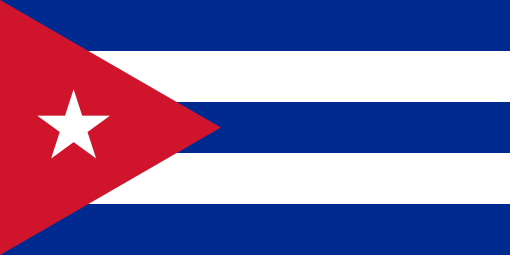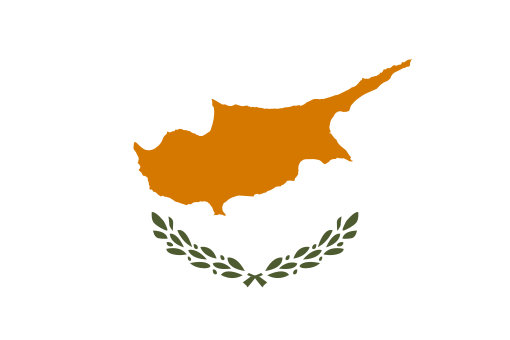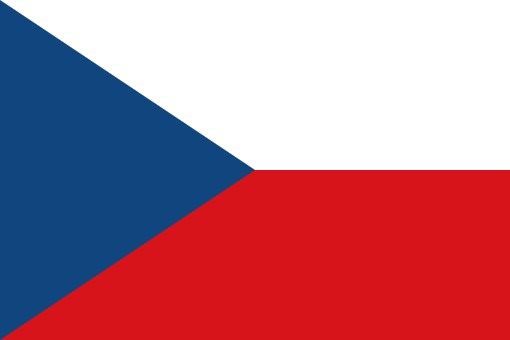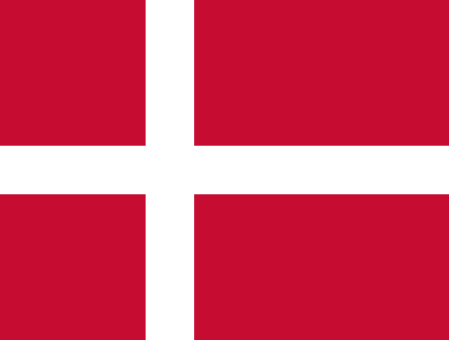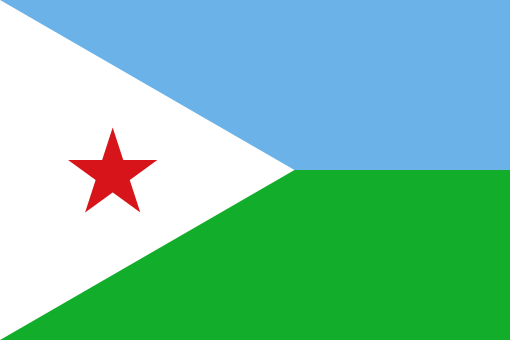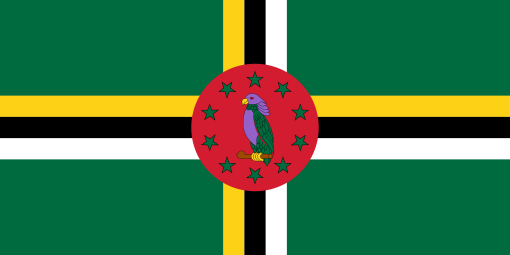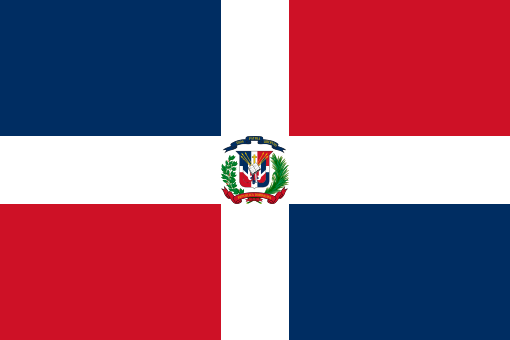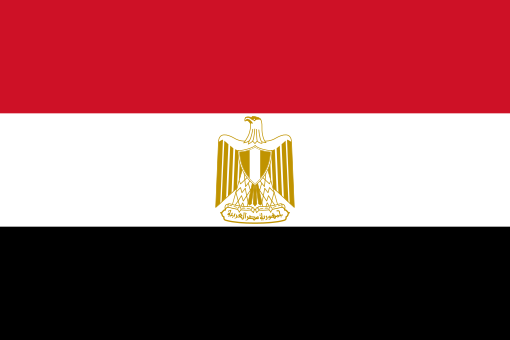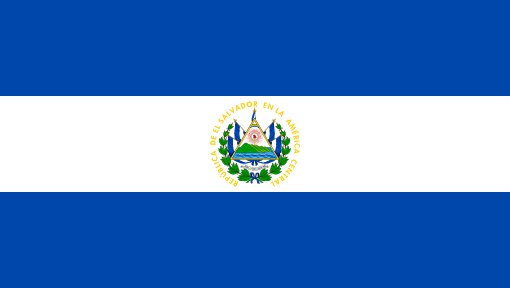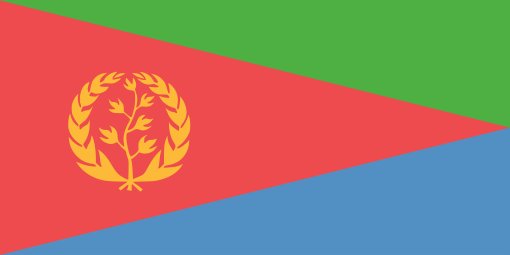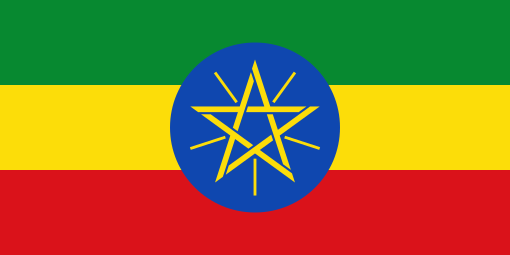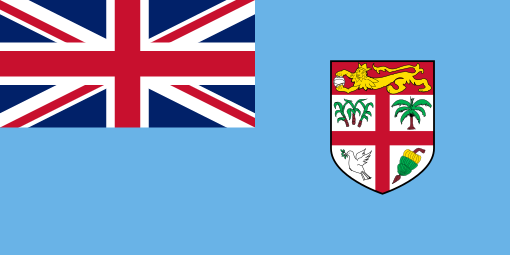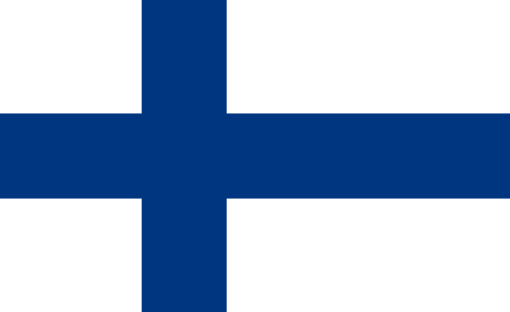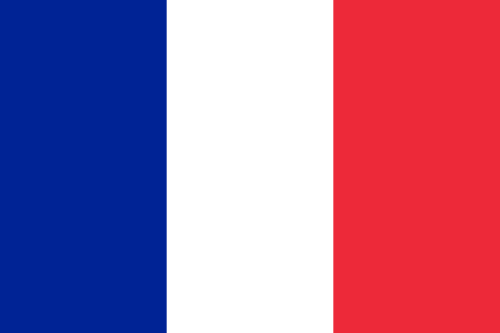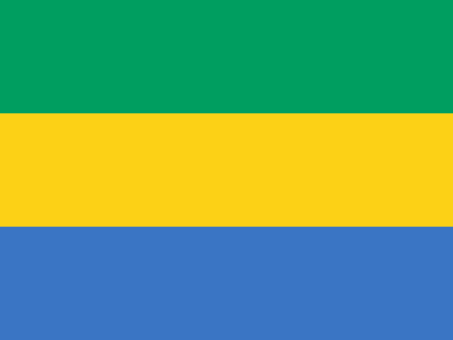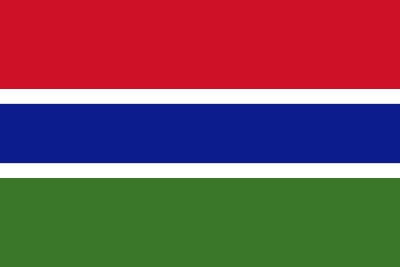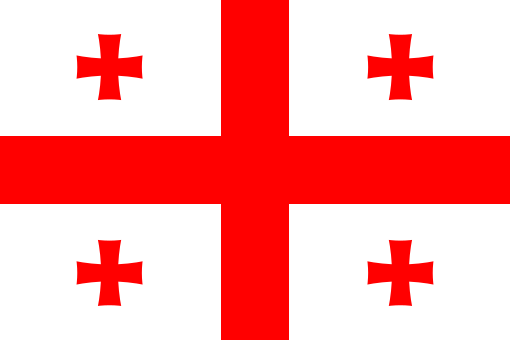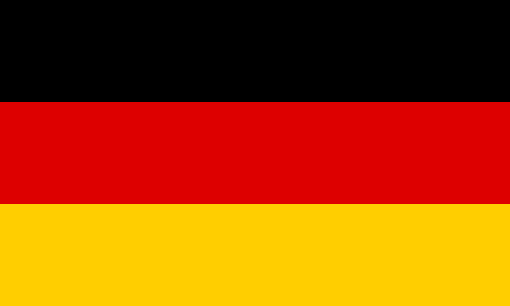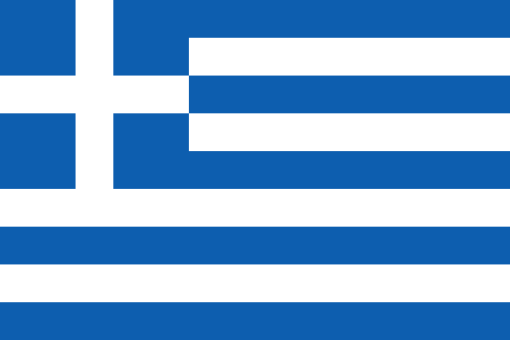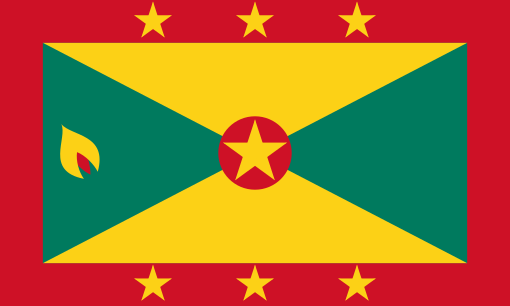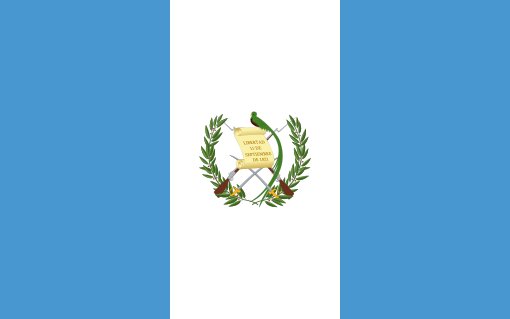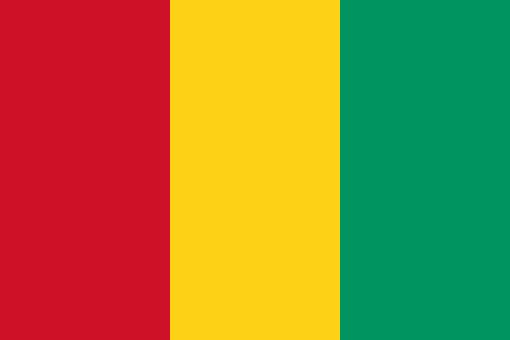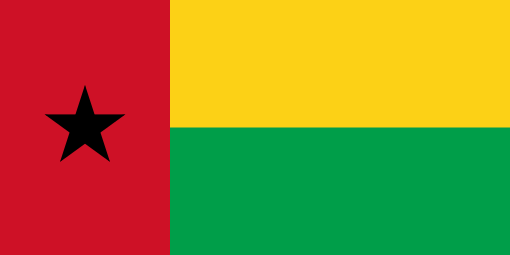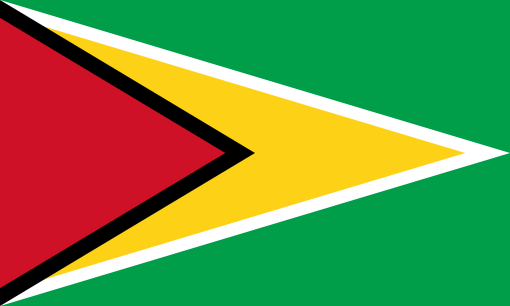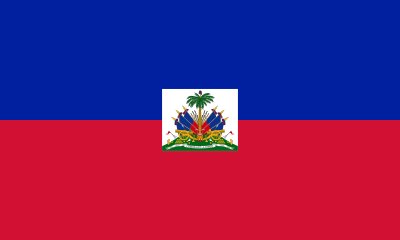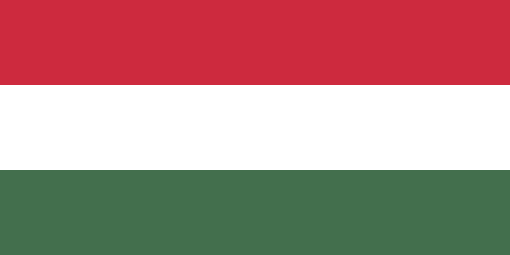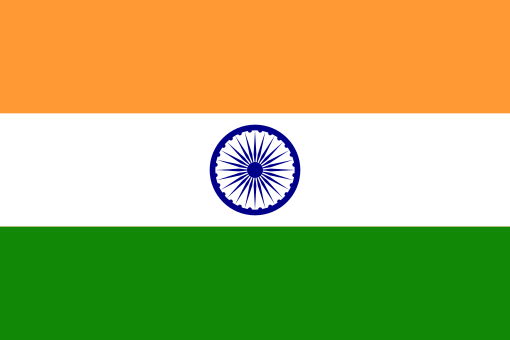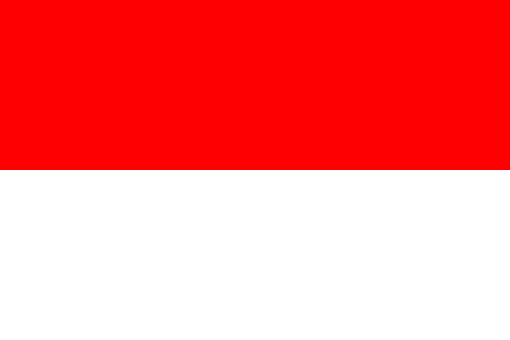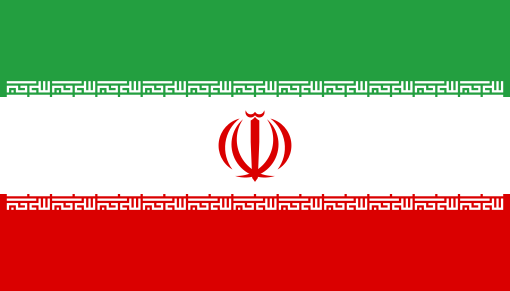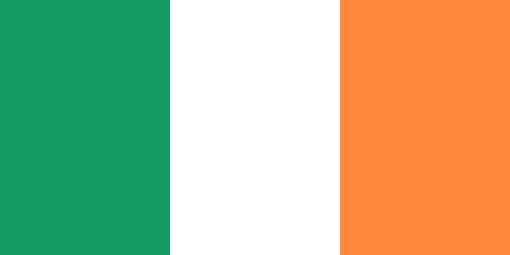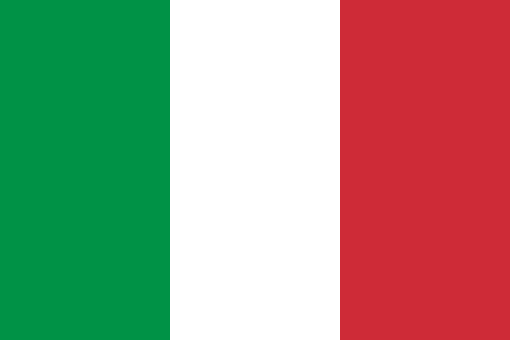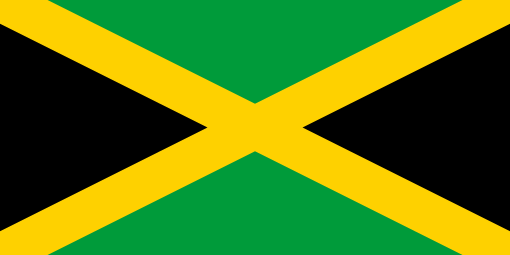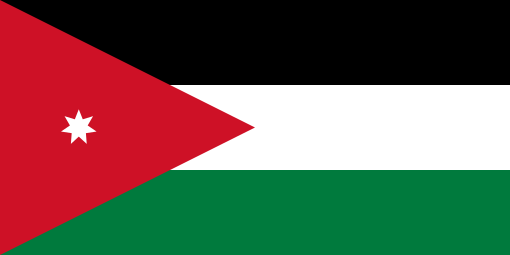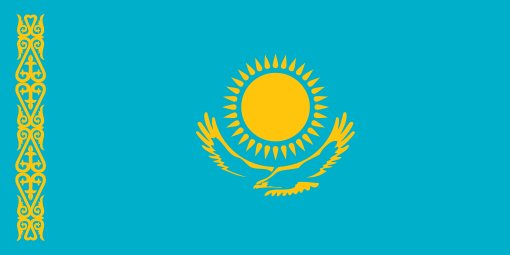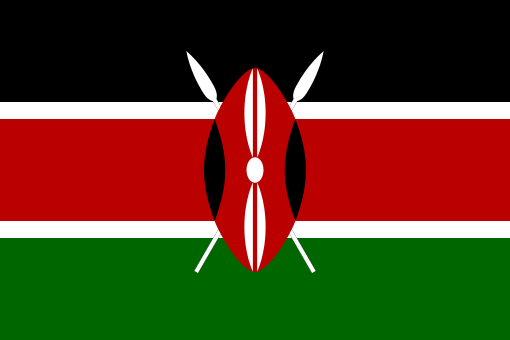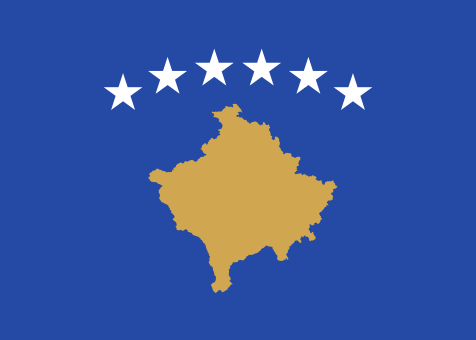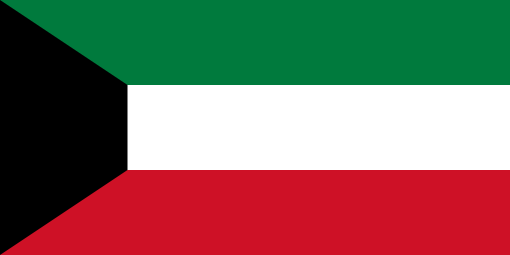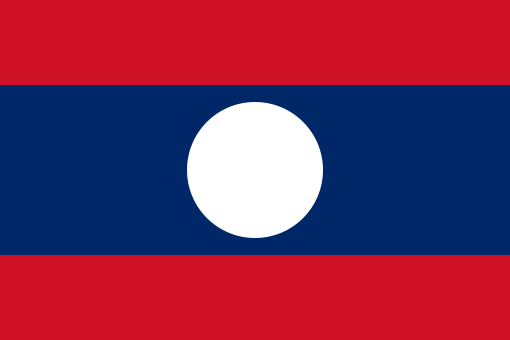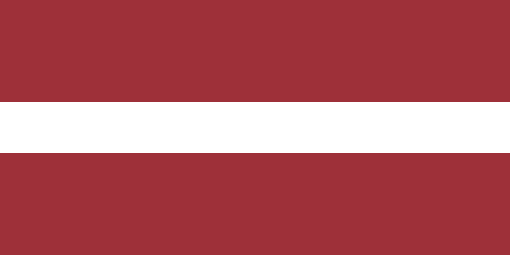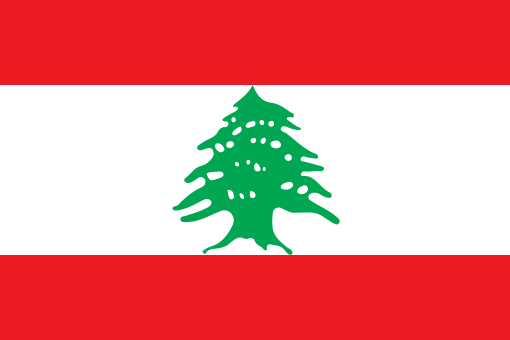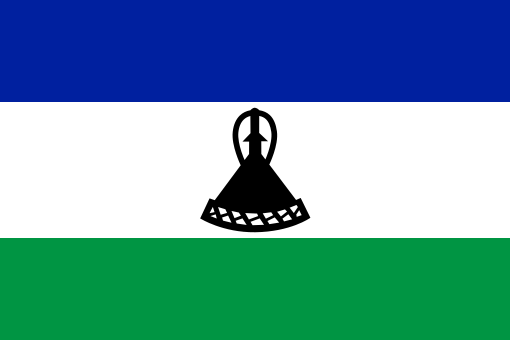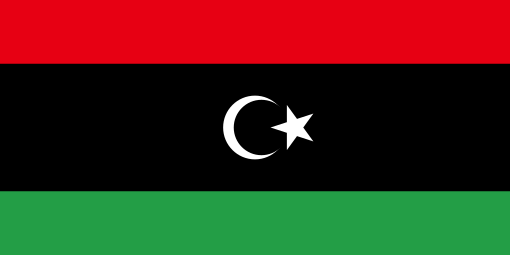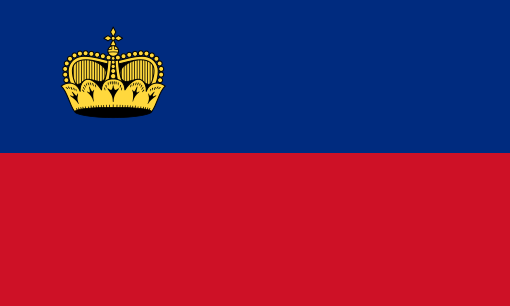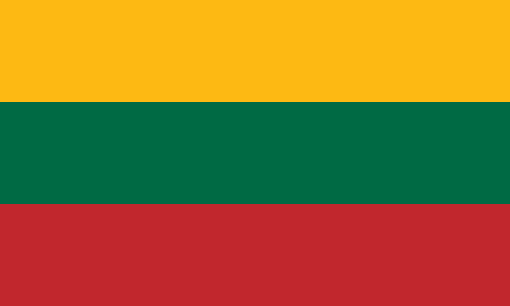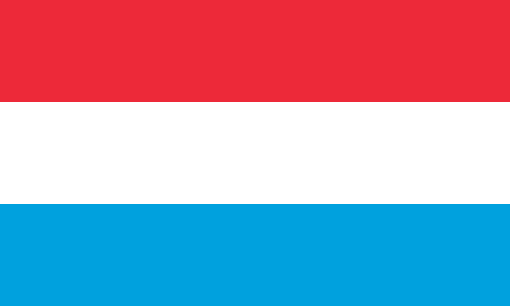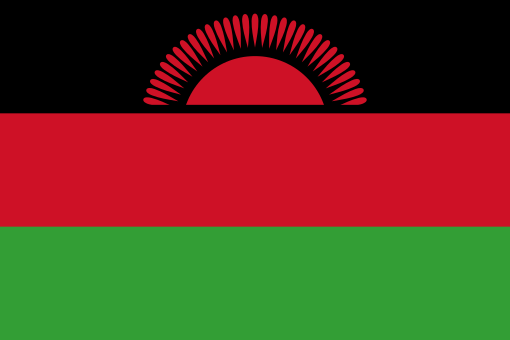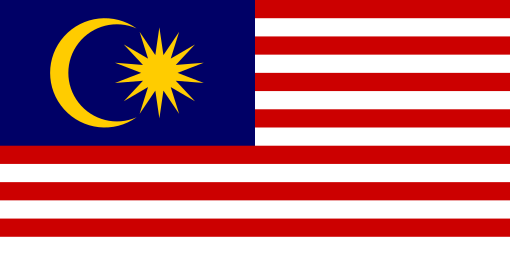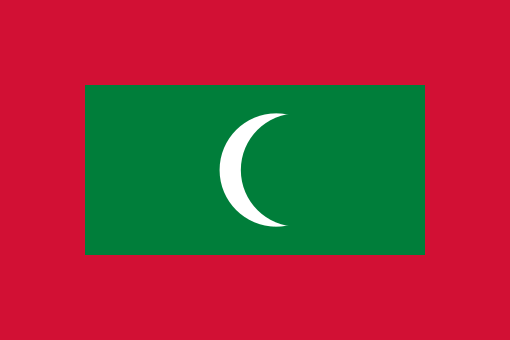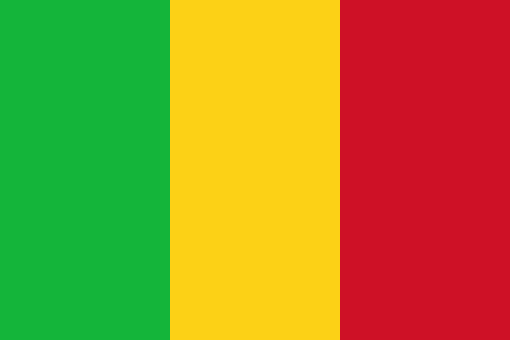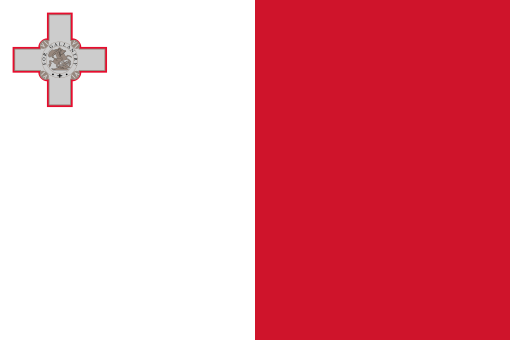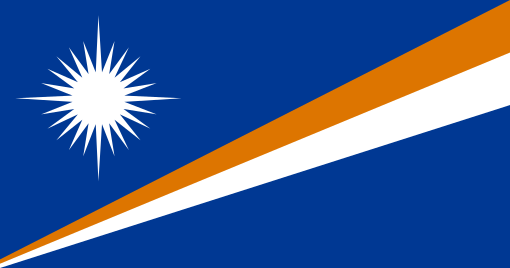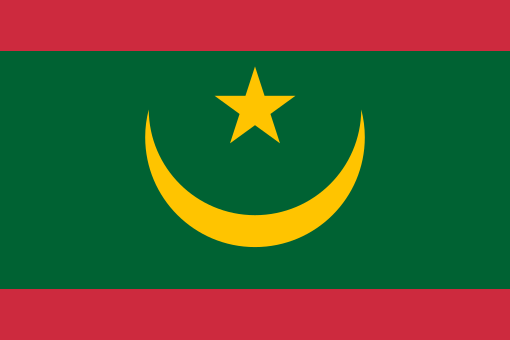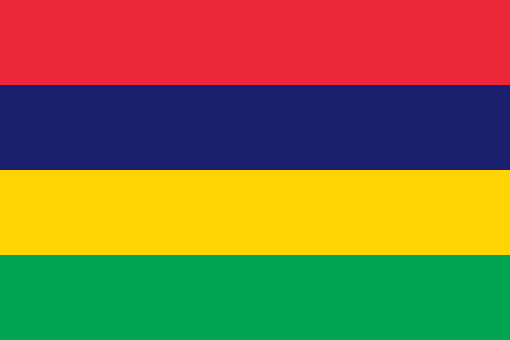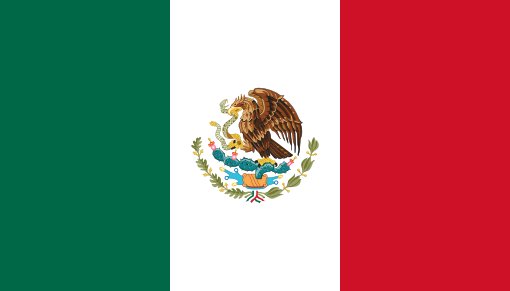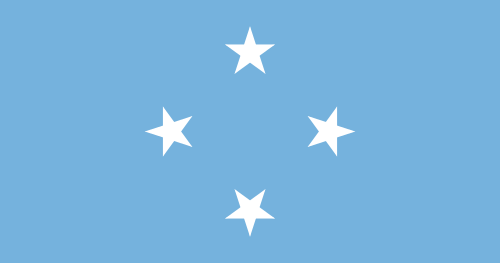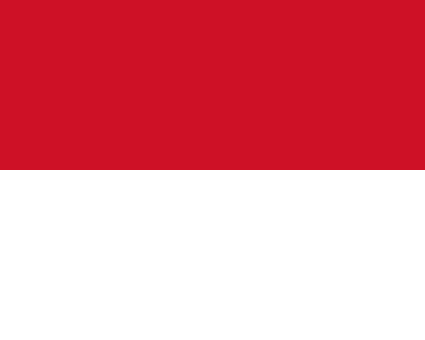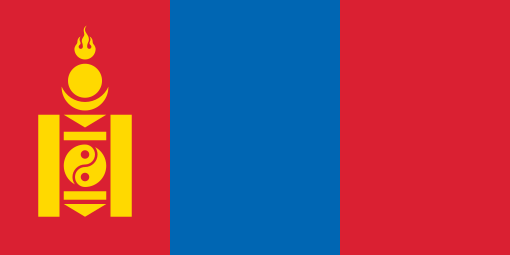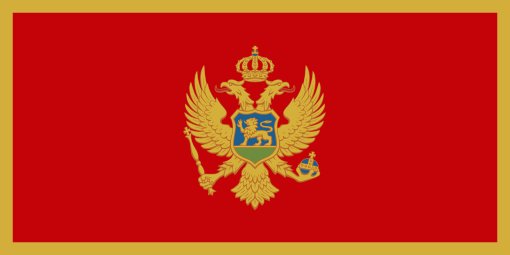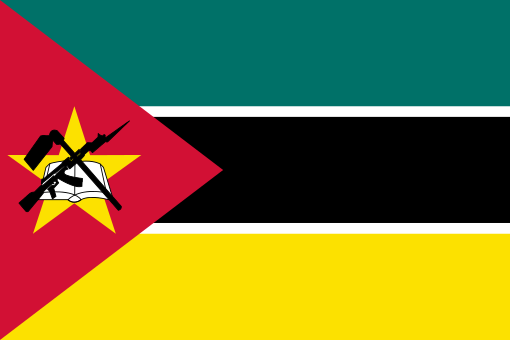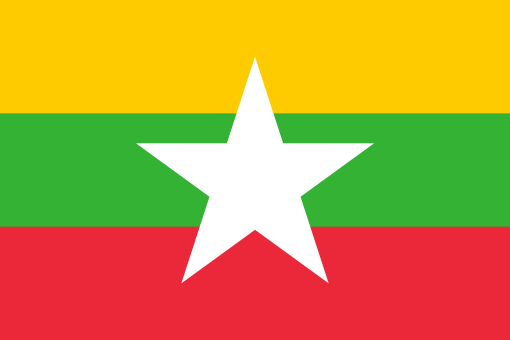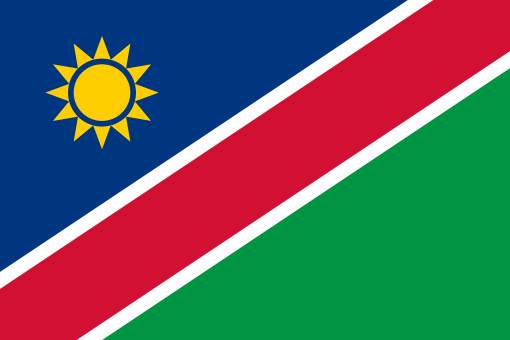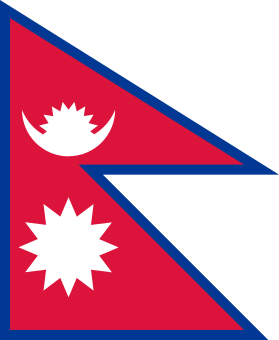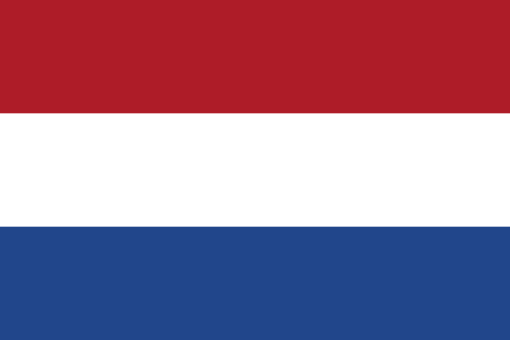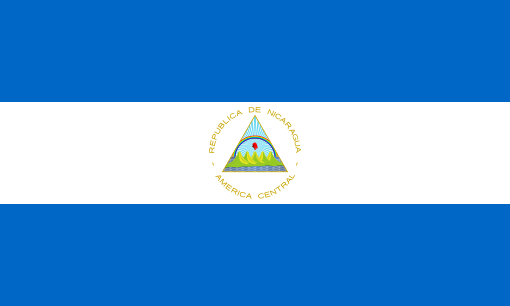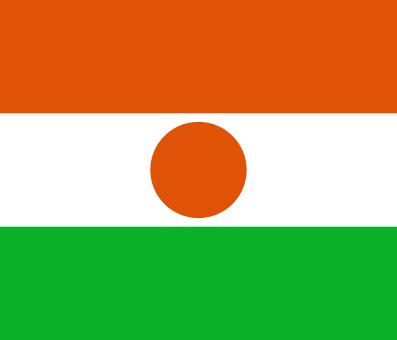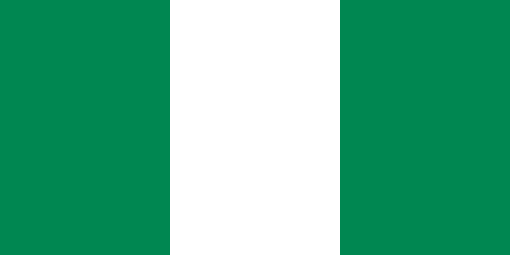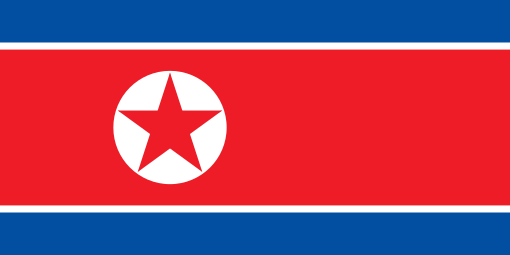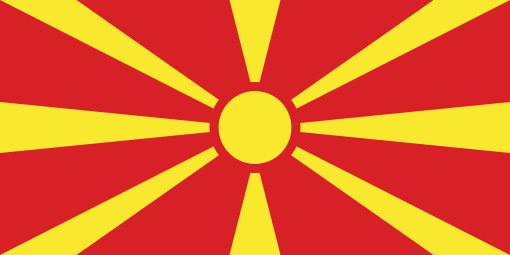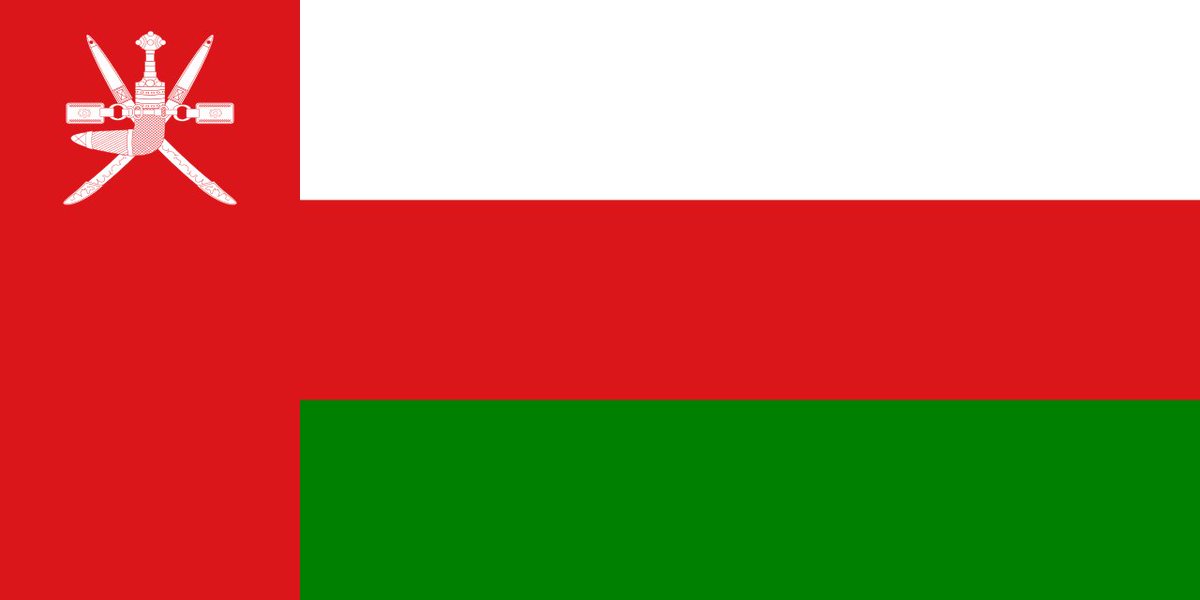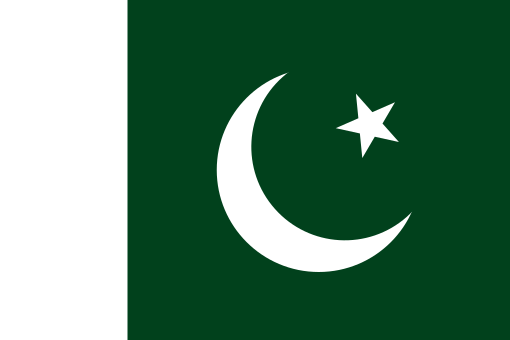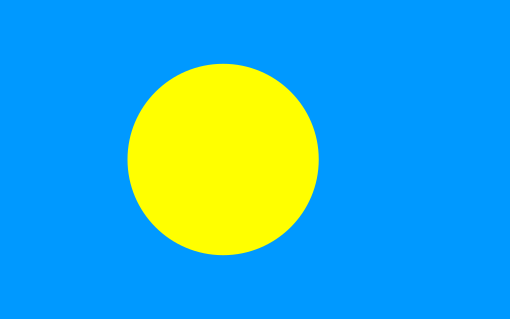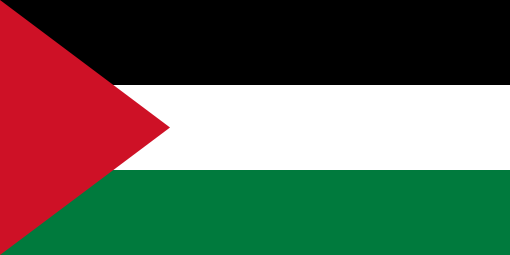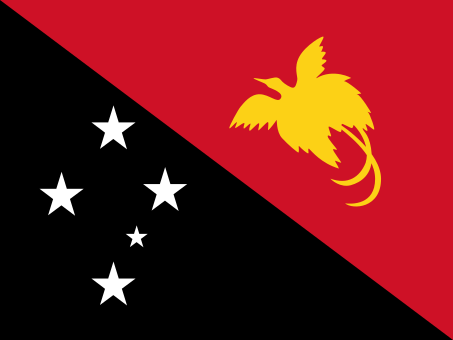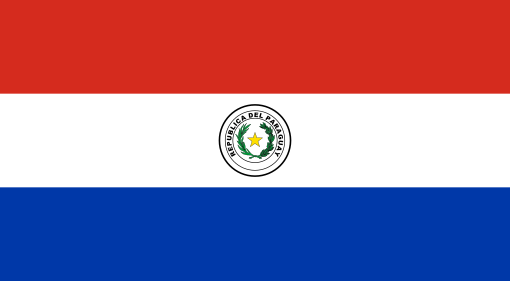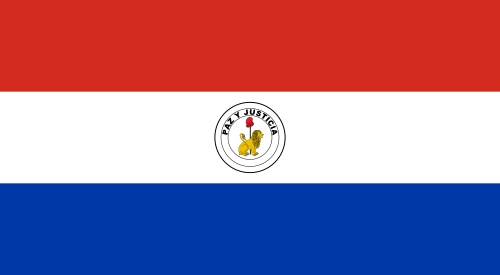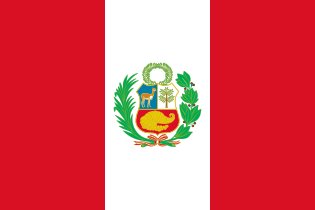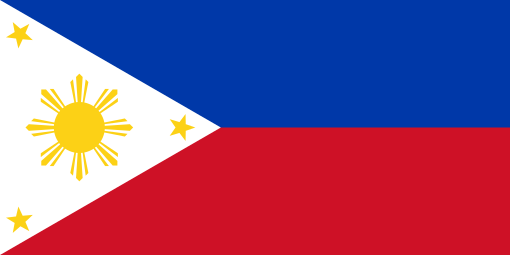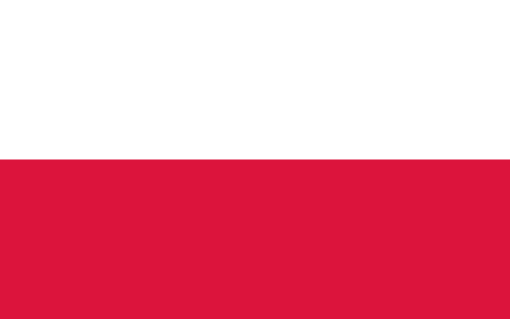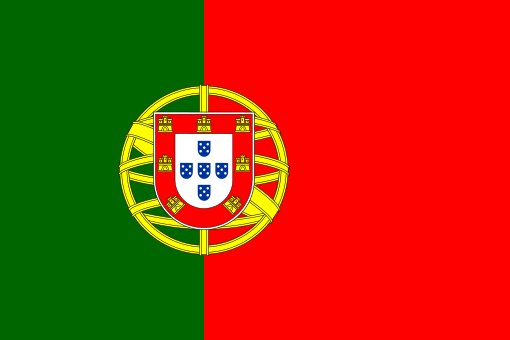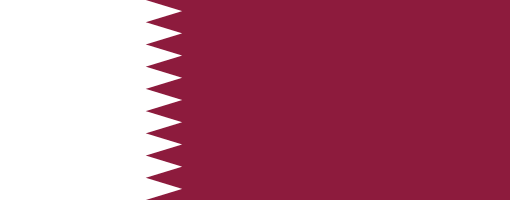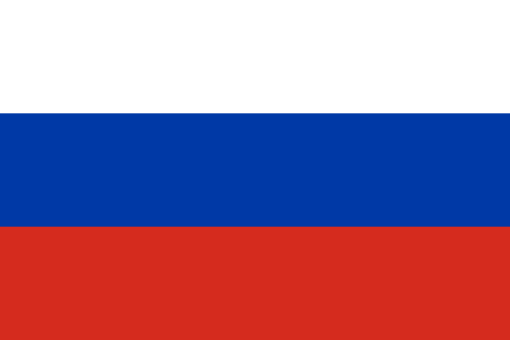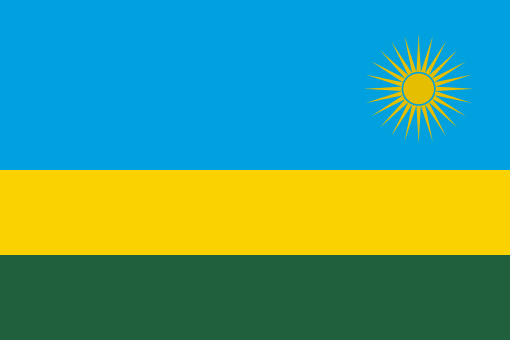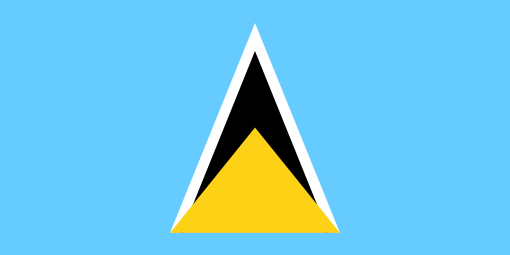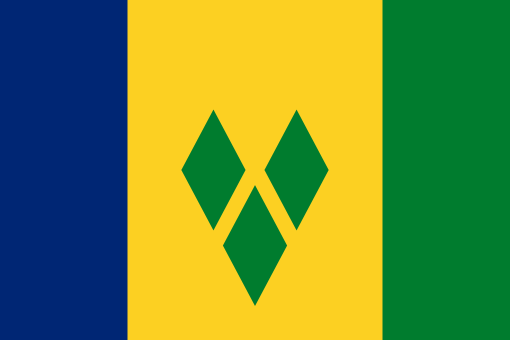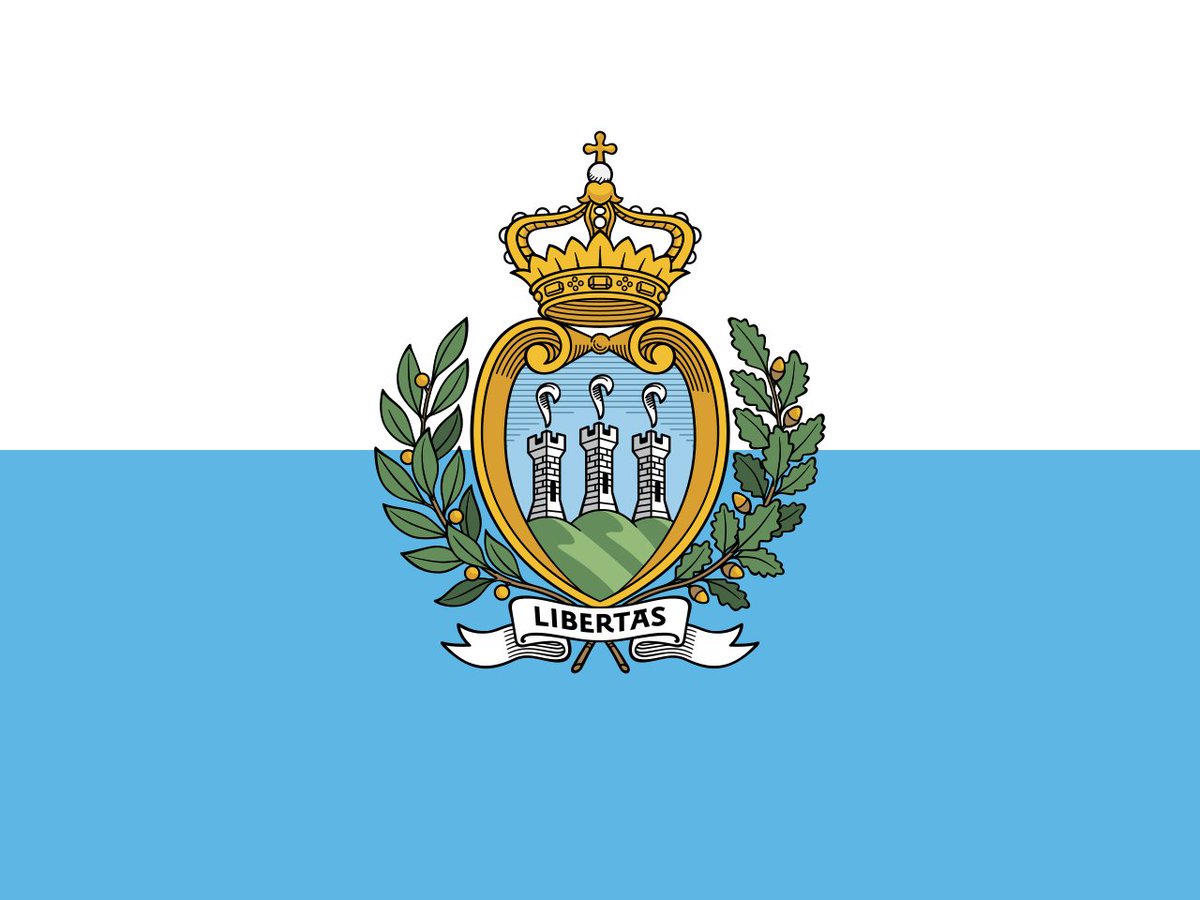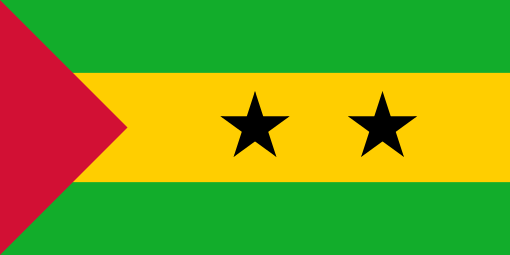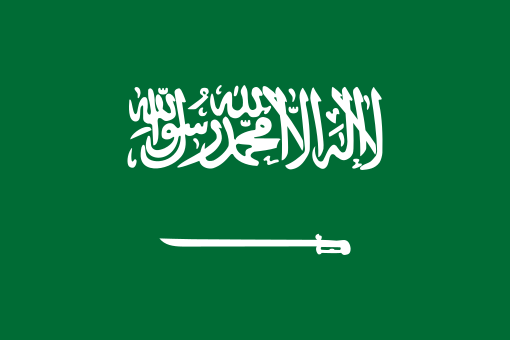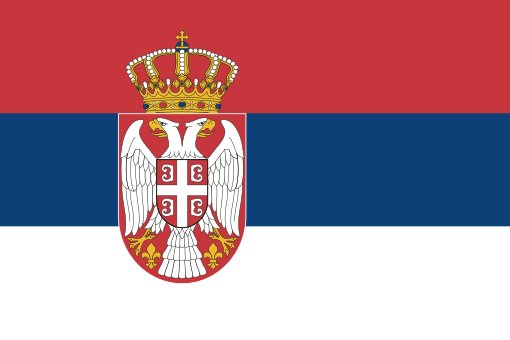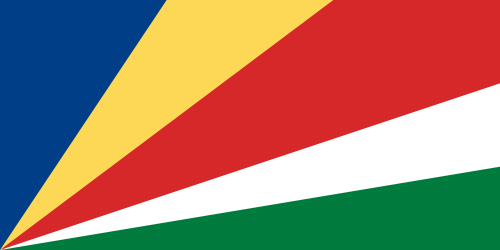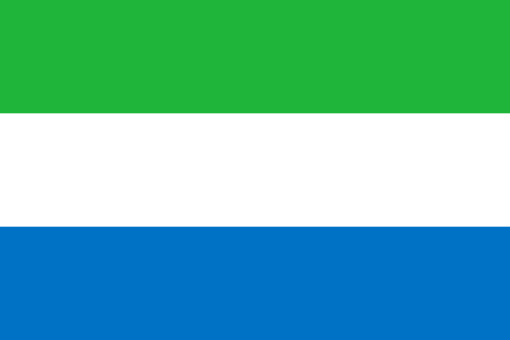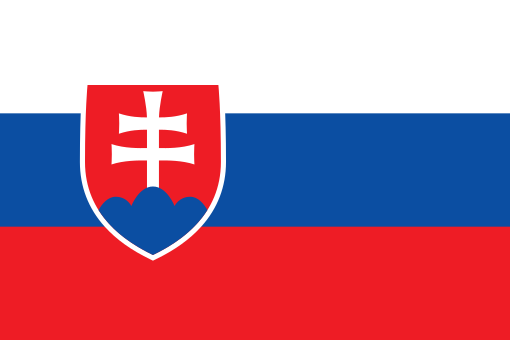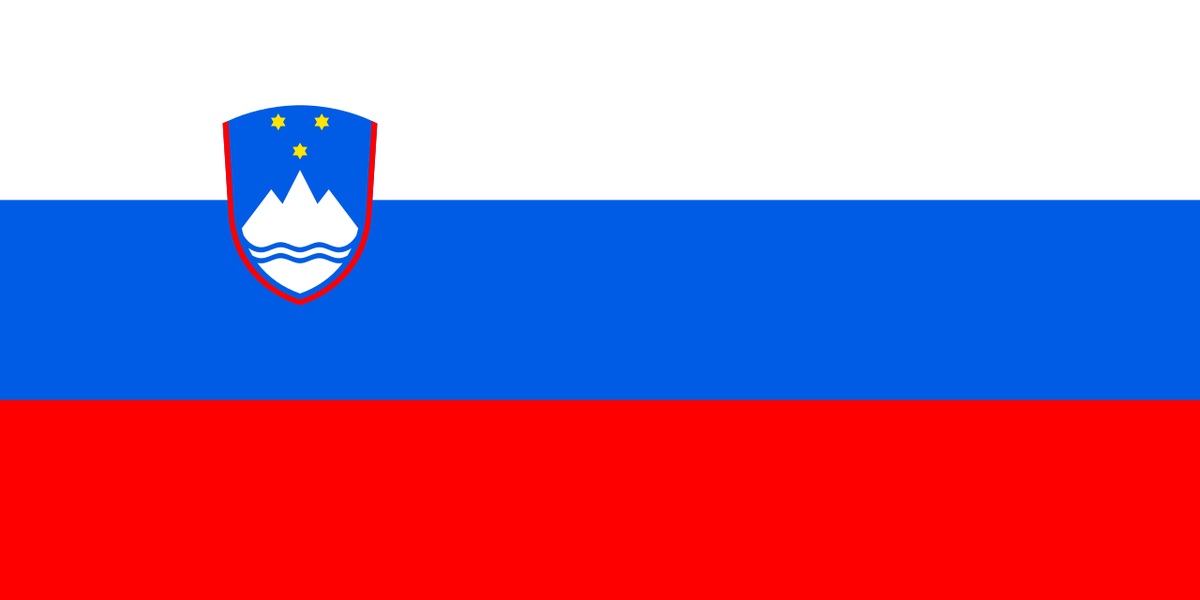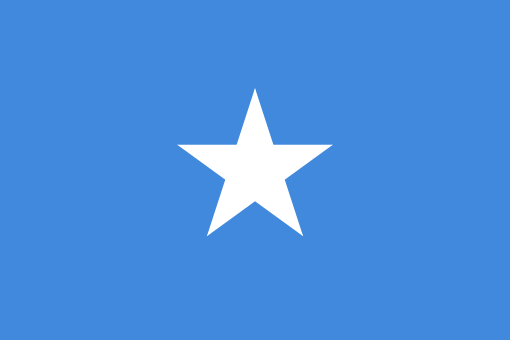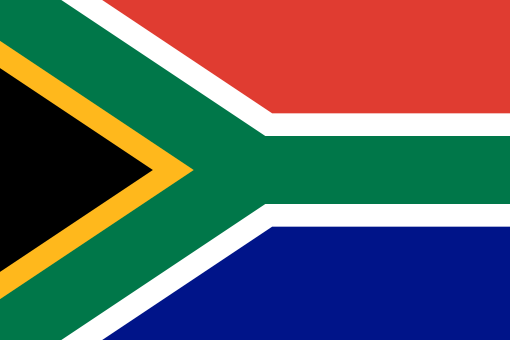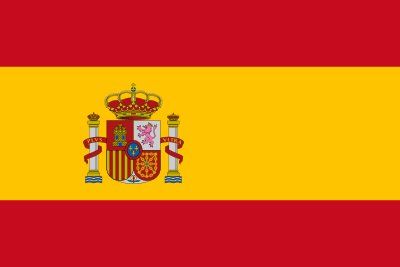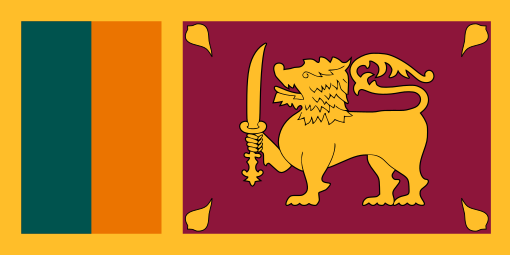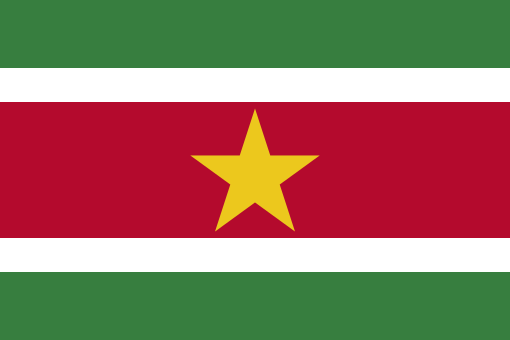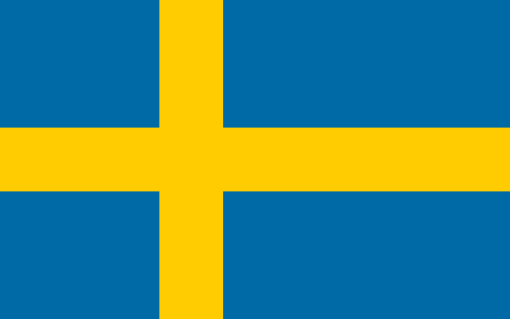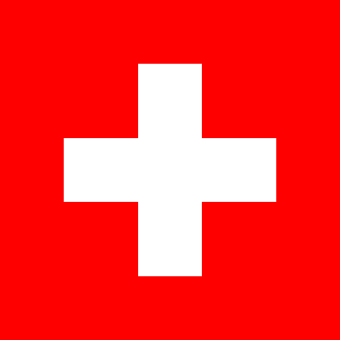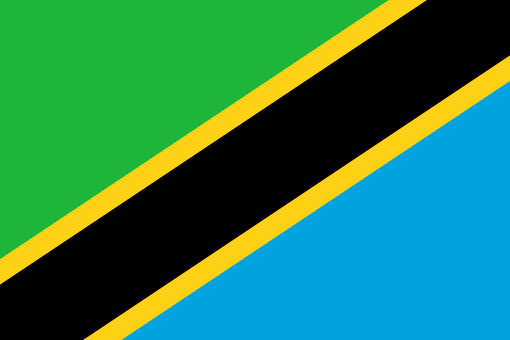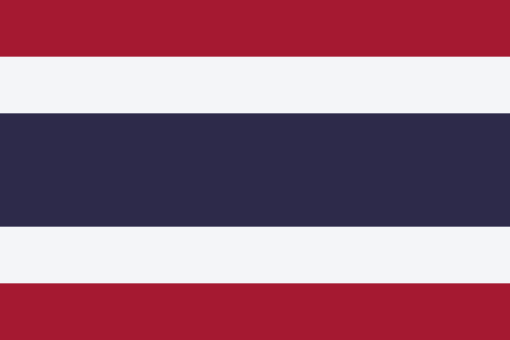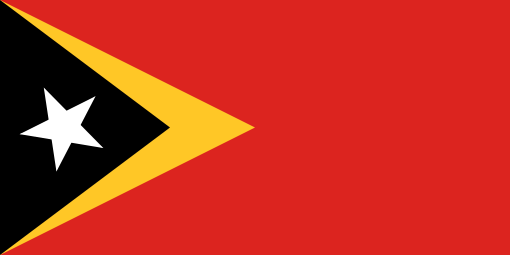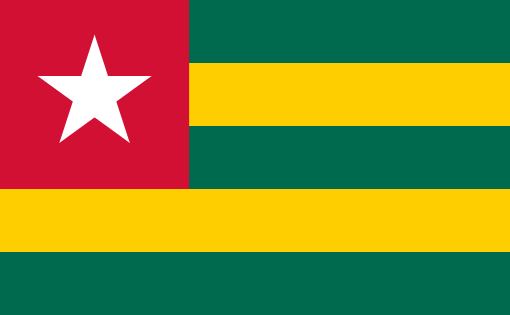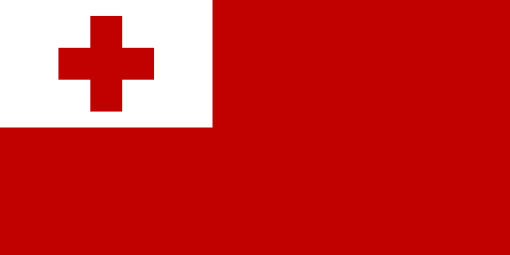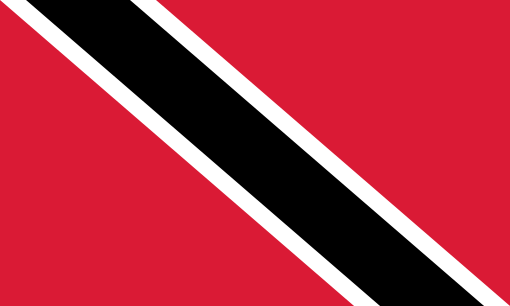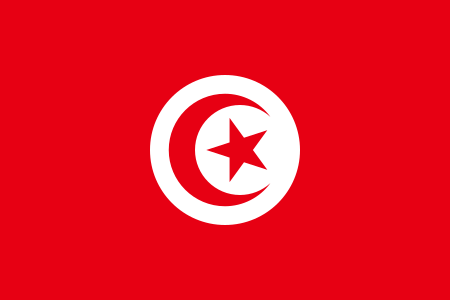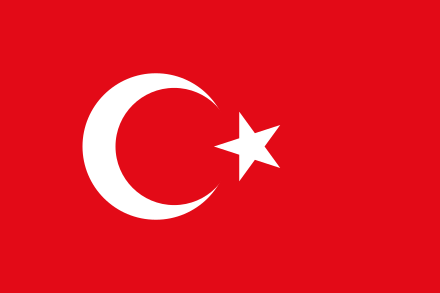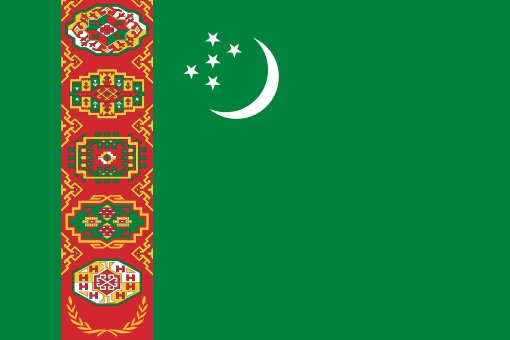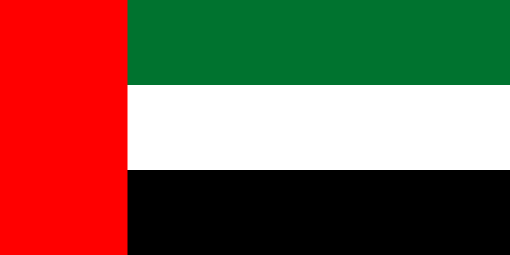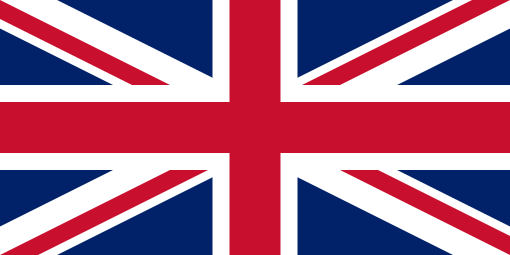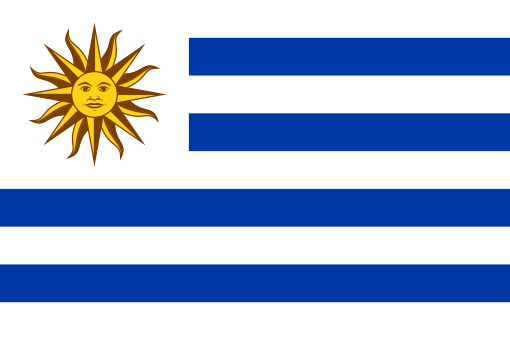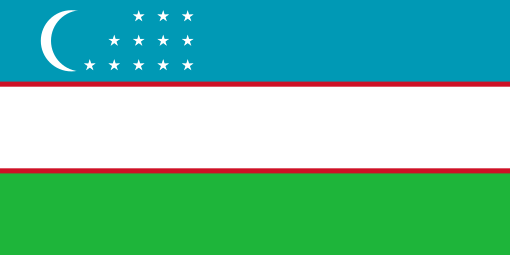I& #39;ve decided my latest & #39;thing& #39; is going to be reviewing flags of the world. I& #39;ll be ranking these on:
* Uniqueness
* Extravagance
* Fun facts
If my review offends you then, quite frankly, I probably don& #39;t care...
Do enjoy! #FunWithFlags
* Uniqueness
* Extravagance
* Fun facts
If my review offends you then, quite frankly, I probably don& #39;t care...
Do enjoy! #FunWithFlags
Afghanistan. Strong 9/10. Intricate emblem. Bright and colourful but a rare streak of black in the flag. Heaps of historic meaning. Adopted by the Afghan people in 2013 (25 previous flags). It has it& #39;s own flag within the emblem of the flag... flagception!
Albania. 10/10. Scary AF. Bright red with the silhouette of a double-headed eagle... In action since 1912, their independence from the Ottoman Empire. Impressive and intimidating in equal measure.
Algeria. 7.5/10. The crescent moon and star is common in countries with a largely Islamic populous, though the green and white background is a refreshing change of pace. Adopted in 1962. The green must be an equal composition of yellow and blue.
Andorra. 6.5/10. It is fine, a relatively forgettable flag but with a pretty cool emblem which is a saving grace. While the three coloured bars look equal, the yellow bar is actully fractionally larger. Adopted in 1971 by the fine people of Andorra.
Angola. 10/10. What a belter. A machete. They used a fucking machete! The flag was created with the nations independence in 1975. The red symbolises the bloodshed of their independence struggle and the black symbolises Africa. If a "World Cup of Flags" occurred this would go far
Antigua & Barbuda. 9/10. Very different to your traditional flag. Adopted in 1967 and was the product of a national competition to design the flag, artist and sculptor Sir Reginald Samuel creating the winning design. The middle section represents the sun, sea and sand
Argentina. 7/10. As a football fan it is iconic to me, though taking sport out of it this flag is something between average and good. Originally a war-flag from 1812, adopted as the national flag in 1816 with the sun added as a tribute to the Inca God of sun in 1818
Armenia. 5/10. An uninspiring design saved by a colourscheme that feels quirky and in contrast with many other nations in the region; an emblem would go a long way...
Armenia has had many designs in its complex history with this current version being adopted in 1990
Armenia has had many designs in its complex history with this current version being adopted in 1990
Australia. 6/10. Not a horrible flag but too singular to others in the region. For such an incredible country I would expect a more unique flag. The stars on the right represent the Southern Cross constellation. The star on the left represents the Commonwealth.
Austria. 4/10. Nothing inspiring here. They have a variant of this flag with the Austrian coat of arms, but the official flag is blank. Nothing wrong with this flag, it is just dull. It has been around for years in various guises, though only officially adopted in 1945.
Azerbaijan. 7.5/10. The design isnt hugely original but the colourscheme is interesting. The blue represents their Turkic ancestors, the red represents progress and the green represents Islam. Adopted in 1918 initially and re-adopted in 1991after years of Soviet alternatives.
Bahamas. 7.5/10. Unusual colourscheme and the black triangle cutting in to the three horizontals is interesting. Adopted in 1973 to celebrate the country& #39;s independence from the UK. It is an amalgamation of various submissions made when the flag design was put to a public vote.
Bahrain. 7/10. Uninspiring colours, but when you learn the reasoning behind the zigzag it is actually quite cool... originally this flag has a whopping 28 points. This was reduced to just 8 in & #39;72, before the current 5 was adopted in 2002. They stand for the five pillars of Islam
Bangladesh. 8/10. Unique design. Circle is off-centre so it appears central when at full hoist. Red represents blood spilt by it& #39;s people during the independence war. Adopted in 1972. In 2013 27117 people created the worlds largest human national flag a - Guinness World Record
Barbados. 8/10. The two blue bars represent the sea & the sky. The gold represents the sand. The trident is a reference to Poseidon and the fact that there is no handle is reference to the island breaking away from its colonial past. Adopted flag in 1966 via a local competition.
Belarus. 6.5/10. An interesting flag heightened by its funky left-side pattern. Something quite Christmasy about this effort. This current format was finalised in 2012 and has had several revamps over the course of the country& #39;s history. Altered frequently since independence.
Belgium. 6/10. The design is pretty uninspired, though the colourscheme is cool. The stripes are based on those of the Braband Revolution from the 18th century. Stripes used to be horizontal. Current format adopted in 1831.
Belize. 8.5/10. The only country in the world to depict people (uniqueness is a big point scorer). The flag was adopted when the country became independent in 1981 and features the national coat of arms. The people, tools and mahogany tree represent the industry of the nation.
Benin. 7/10. Simple but enjoyable. Since gaining independence from France Benin has flown an array of flags, the current being adopted in 1990 (originally flown in 1959 - 1975). Green for the hope of democracy, red for ancestral courage and yellow for the treasures of the nation.
Bhutan. 10/10. Dragons are an automatic 10/10. White dragon holding four jewels on an orange & yellow background is spectacular. The equal placement of the dragon over the two colours symbolises the balance between the civic tradition and the religious tradition. 1969 adoption.
Bolivia. 8.5/10. Terrific flag. The tri-colour is a common theme, but the emblem of the Bolivian coat of arms is superb. Red for the brave soldiers, green for fertility and yellow for its mineral deposits. 1851 adoption. Emblem has a condor, a llama and flags within the flag.
Bosnia & Herzegovina. 8/10. Very unique flag. Adopted in & #39;98 and updated in 2001. The three points of the triangle stand for the three main ethnic groups in B&H. The stars & #39;falling& #39; off the flag is to represent an infinite number. The colours are associated with peace.
Botswana. 6.5/10. Very "un-African" feel about this with no traditional pan-African colours here. Adopted in 1966 following on from the Union Jack. The black and white is to commemorate the peace in Africa between people of African and European descent. The blue represents water.
Brazil. 9/10. Hard not to love this bright flag. ORDEM E PROGRESSO (order & progression) is their moto, while the 27 stars represent the federal states in the country as of 1992 (originally 21 stars on of this flag in 1889). The stars are specifically placed and hard to replicate
Brunei. 8.5/10. A very interesting flag. Yellow tributes the sultan, the black and white stripe a nod to his chief ministers. The crest was added in 1959. The crescent symbolises Islam, the parasol symbolises monarchy, and the hands symbolise the kindness of the government.
Bulgaria. 4.5/10. Generic design, no emblem and a lack of reasoning behind colours. Originally designed in a similar format in 1879 and readopted in it& #39;s current state in 1990 following the fall of communism in Bulgaria. An emblem/cost of arms could improve this greatly.
Burkina Faso. 7.5/10. Bright colours, simple design but eye catching. Adopted in 1984 following a coup! Red symbolises revolution and green for the country& #39;s rich agricultural history. The yellow star is for the guiding light of the revolution.
Burundi. 9.5/10. This is class. Adopted in 1962 after independence from Belgium. The white stands for peace, the green represents progress and the red is for the suffrage of the people during the freedom push. The stars represent the three major ethnic groups, Hutu, Twa & Tutsi.
Cape Verde. 6.5/10. The 10 stars represent the 10 islands that make up the nation. The blue represents the ocean and the sky, the red and white stand for effort and peace. Originally using the Portuguese flag, C.V adopted their own in 1992 after separating from Guinea-Bissau.
Cambodia. 8/10. The red & blue hardly original, though big points for the Angkor Wat - the largest religious building in the world - being placed on the flag. Originally used from 1948-1970 before being readopted in 1993. Red for bravery blue for liberty and brotherhood.
Cameroon. 7/10. Classic pan-African design. Adopted in 1975 as it became a unitary state. Green symbolises the forests in the south and yellow symbolises the sun and savannas. Red refers to unity and the star is & #39;the star of unity& #39;.
Canada. 9/10. Eyebrows will be raised at a red and white flag getting a 9, but most red and white flags don& #39;t have a motherfucking maple leaf front and centre. Canada didn& #39;t have an official flag until 1965. The leaf has been the Canadian emblem since the 18th century.
Central African Republic. 8/10. Very busy, a bit jumbled but certainly unique. Adopted in 1958. The colours are to marry their French (white and blue) and African (yellow and green) connections with the red stripe. All bars are equal. The yellow stat is a mark of independence.
Chad. 4.5/10. Generic design, common colours and identical to Romanian flag. The blue stand for the sky & hope, gold is for the sun & desert and red signifies the blood spilt during independence. Adopted in 1959 and survived political upheaval due to lack of political affiliation
Chile. 5/10. For a very interesting country this flag is pretty dull. The blue represents the Pacific Ocean, the white is for the snow of the Andes and the red is for the blood shed fighting for independence. The lone star is a guide to progress and honour.
China. 5/10. A country of over a billion people and this is the best they could do...  https://abs.twimg.com/emoji/v2/... draggable="false" alt="🙄" title="Gesicht mit rollenden Augen" aria-label="Emoji: Gesicht mit rollenden Augen"> The red represents the revolution, the five stars represents the unity of the Chinese people under the leadership of the Communist Party of China. First flown in 1949.
https://abs.twimg.com/emoji/v2/... draggable="false" alt="🙄" title="Gesicht mit rollenden Augen" aria-label="Emoji: Gesicht mit rollenden Augen"> The red represents the revolution, the five stars represents the unity of the Chinese people under the leadership of the Communist Party of China. First flown in 1949.
Colombia. 5/10. Bright colours but very similar to the flags of Ecuador & Venezuela. Yellow takes up half the flag and represents the riches of the country. Blue stands for the sea and rivers and red is the blood spilt during Colombian independence. The flag was adopted in 1861.
Comoros. 9/10. Bright, interesting & unique. The four horizontal stripes stand for the four islands that make up Comoros. Yellow is for Mohéli. White is for Mayotte. Red is for Anjouan. Blue is for Grande Comore. The emblem is to honour their main religion, Islam. Adopted in 2001
Congo (Democratic Republic of). 7/10. Adopted in 2006. The blue represents peace. The red stands for the blood of the country& #39;s martyrs and the yellow stands for the wealth of the nation. The star stands for the radiant future of the country.
Congo (Republic of). 6/10. Pan-African colours cut in diagonal fashion. Adopted in 1959 replacing French tri-colour. Changed in 1970 and readopted in & #39;91. Yellow represents the friendliness of the Congolese people, green, the riches of the forests. No official explanation for red
6.5/10. A relatively uninspiring flag aided by the fact that it is one of only six flags in the world to have it& #39;s own flag depicted within the flag. Adopted in 1906, the blue stands for the sky, the white stands for peace and the red stands for martyrs who fought for the country
Cote d& #39;Ivoire. 4/10. A disappointing effort from a country that offers so much potential. Adopted in 1959. Orange symbolises the rich earth of the nation. White stands for peace and green stands for hope, for the nation, the people and for everybody.
Croatia. 8.5/10. Adopted in 1990 following the country& #39;s split from Yugoslavia. Within this flag the Kingdom of Croatia, Kingdom of Slavonia and Kingdom of Dalmatia are honoured. Atop the shield sits the shields of various regions within the nation.
Cuba. 7/10. Designed in 1849 but not officially adopted until 1901. The blue represents the divisions within Cuba at that time, the white purity of ideals; the red, red for the blood and courage. The star was the new state that should be added to the United States.
Cyprus. 9/10. Designed in 1960 and reworked in 2006. The centre depicts the island of Cyprus (very neat idea), while the rest of the flag is designed to evoke peace to the Greek and Turkish divide that still lies between the country. White background with two olive branches.
Czech Republic. 6.5/10. Quirky, not super exciting. Created for the former Czechoslavakia in 1920 and kept as the country became Czech Republic in 1993 (Slovakia created it& #39;s own flag). Originally it had the white and red flag of Bohemia until the blue triangle was added in 1920
Denmark. 7.5/10. This holds the world record for the longest continuously used national flag in the world, with records dating back to the 13th century. Classic Scandanavian design with the elongated cross which has its roots in the nations rich maritime history.
Djibouti. 7/10. Adopted in 1977 following independence from France. The blue stands for both the sky and for the Issa Somalis. Green represents the everlasting green of the earth and the Afar people. The white stands for peace and the red blood shed by the martyrs of independence
Dominica. 10/10. Adopted in 1990, though only small alterations made from the original flag in 1978 which was designed by playwright Alwin Bully. This is a delightfully coloured flag with a god-damned purple parrot in the centre. Easy 10/10. A credit to Dominica!
Dominican Republic. 7/10. Neat flag with awesome coat of arms. Blue stands for liberty, white for salvation and red for the blood of heroes. Adopted in 1863, designed by Juan Pablo Duarte. The coat of arms features a shield, branches, the national motto, the bible and spears.
Ecuador. 9.5/10. The yellow, blue and red design is not very unique but the emblem is an absolute winner. Designed in 1860 (ratio changed slightly in 1990). A condor sit atop the emblem, which features the mountain Chimborazo. The river is Guayas. Too much to describe. Incredible
Egypt. 7/10. Eagle emblem saves this. The colours were given after 1952 revolution, though this flag was adopted in 1984. Red represents Egyptian blood in the war against colonisation. White is for the purity of Egyptian hearts. Black signifies the way that darkness is overcome.
El Salvador. 7/10. Generic design with intriguing coat of arms. Adopted in 1912. The coat of arms takes influence from geographical, biblical, and Native American symbolic representations. The volcanos in the coat of arms are inspired by the Cordillera de Apanecavolcanic range.
Equatorial Guinea. 8/10. The six stars represent the main land and five islands of E.G. The green symbolises the jungle and natural resources, the white stands for peace. Red is for the blood shed by independence fighters and the blue is for the sea. This flag was adopted in 1979
Eritrea. 8/10. Interesting design adopted in 1995. Red stands for the blood shed during the struggle for independence, while the olive branch emblem has 30 leaves to signify 30 years of struggle. Greens stands for agriculture and livestock while the blue represents the sea.
Estonia. 7/10. Not very bright, not a unique design and no emblem, but there is something quite different about the Estonian flag. First adopted in 1918 (and readopted in 1990 following Soviet control). Blue is for the sky, black for the soil of the homeland. White for purity.
Eswatini (formerly Swaziland). 10/10. Adopted in 1968 following independence from British Empire. It features the Nguni shield + two spears... an outstanding emblem. These symbolise protection over the country& #39;s enemies. The black and white representation peace within the nation.
Ethiopia. 7.5/10. Classic pan-African colours with an interesting emblem in the centre. The current design has been in use since 1996, though was modified in 2009. The emblem is intended to represent both the diversity and unity of the country. Blue represents peace.
Fiji. 6/10. A fun emblem but a very generic design. The light blue around the Union Jack and emblem signifies the Pacific Ocean. The emblem features a lion holding cocoa, a bunch of bananas, a dove of peace, a sugar cane and a coconut palm. This was adopted in 1970.
Finland. 6/10. Typical Scandinavian design. The blue is a Nordic cross which represents Christianity. The Finish coat of arms are actually red and yellow therefore much debate was held over whether the flag should be this instead of the blue and white design created in 1918.
France. 9.5/10. Classic. Iconic. Both the colours and style have inspired many flags of the world. The general design has been in use since 1794. The blue and red are synonymous with the Parisian coat of arms. Colours so relate to liberté (blue), égalité (white), fraternité (red)
6.5/10. A very basic design but a blend of colours that don& #39;t typically mix. Adopted in 1960 to replace the French tricolour. The yellow represents the equator, which runs through the nation. The green stands for the extensive forested areas of Gabon. Blue represents the ocean
Gambia. 6/10. Almost really good but also a little dull. Adopted in 1965 following separation from Britain (and flag kept during absorption from Senegal). The thin blue represents the Gambian river, red is for the sun and equator and green is for the forest. White is for peace.
Georgia. 4.5/10. Insert gif of Alan Partridge shrugging... Known as the flag of 5 crosses, it was adopted in 2004. Similar to the flag of England but with a Bolnisi cross in each corner. Wiki offers very little detail. Already dropped from a 5.5 since I began tweeting this. Dull
Germany. 7.5/10. Adopted in 1917 until 1933. Readopted in 1949. Defamation of the flag incurs a penalty of 5 years in prison. Many theories behind the flag colours - the most common being it is an ode to the uniforms of the Lützow Free Corps: black and red with gold buttons.
Ghana. 7.5/10. Typical pan-African flag. Adopted in 1957, readopted in 1966. Red stands for the blood of independence fighters. Gold represents the mineral wealth of the country and green symbolised the forests. The black star is a reference from the Black Star Line ship.
Greece. 6.5/10. Nine horizontal stripes of blue and white with many theories behind why... one idea is that they represent the nine Muses (Greek goddesses of literature and the arts). In the top left is a cross which represents Eastern Orthodox Christianity. First adopted in 1822
Grenada. 10/10. Designed in 1974 following independence from UK. The six outer stars represent the six parishes on the island while the internal star symbolises Carriacou and Petite Martinique. On the left is a clove of nutmeg, the country once being known as the & #39;Isle of Spice& #39;.
Guatemala. 8/10. Blue bars represent the Pacific & Atlantic oceans that surround the country, white representing peace and purity. Adopted in 1871. Coat of arms consists of a quetzal (national bird), a scroll depicting Central America& #39;s separation from Spain 2 guns and 2 swords.
Guinea. 5.5/10. Perfectly fine. Nothing special. Adopted in 1958, based upon the colours of the Ghanaian flag adopted the year before. Red is for the martyrs who died in slavery. Yellow is for the sun and the riches of the country. Green is for the country& #39;s vegetation.
Guinea-Bissau. 7/10. Adopted in 1973 following independence from Portugal. Influenced by Ghana. Red for the blood of martyrs, green for forests. Gold for mineral wealth. The black star for African unity. Originates from the Party for the Independence of Guinea & Cape Verde.
Guyana. 9/10. Is it a flag or is it art? Created in 1966 following independence from the UK. The red stands for zeal, the gold for mineral wealth, the green for agriculture and forests, the black for endurance and the white for rivers and water.
Haiti. 8/10. This coat of arms just feels a little too small... adopted in 1986. The coat of arms features the Haitian flag within the flag (one of only six national flags to do this). This emblem features a palm tree, weapons and all sorts, very busy but very interesting!
Honduras. 6/10. The two blue bars represent the Pacific Ocean and Caribbean Sea, while the white represents the land between these water bodies. The five stars represents the five original Central American provinces (El Salvador, Costa Rica, Nicaragu, Guatemala). Adopted in 1866
Hungary. 5.5/10. Adopted in 1957, those goes back to the 1800s historically. The colours are derived from the Hungarian coat of arms, with the tricolour taking origin from the French style. The coat of arms can be added to the flag, though has not been officially implemented.
Iceland. 7.5/10. Adopted in 1944. The cross is based upon the Christian belief within the nation. The colours of the flag represent the 3 elements that make up the island. Red is for the volcanoes within the country, white is for the snow & ice and the blue is for the mountains.
India. 5.5/10. A country steeped in history and grandeur this is a poor effort. The spinning wheel has 24 spokes and was proposed by Gandhi to symbolise the Indian peoples self reliance. The saffron represents courage, the white for truth and the green for faith. Adopted in 1947.
Indonesia. 4/10. A boring flag is one thing when associated with a dull country, but the Indonesian people deserve better. Adopted in 1947 following independence from the Dutch. Red symbolises courage, white stands for purity. Illegal to use this flag in commercials.
Iran. 8.5/10. A very intricate flag. The national emblem & #39;Allah& #39; is red in the centre and the Takbir (Allahu Akbar) is written 11 times in Kufic script in the coloured bars. Adopted in 1980. Green stands for growth, white for freedom and red for martyrdom.
Iraq. 7/10. The basic design of this flag has been around since 1963, with the most recent version being adopted in 2008. The red supposedly represents the Hashemite dynasty while the black represents the Abbasid dynasty and white for purity. The green text is the takbīr.
Ireland (Republic of). 7/10. Similarly to France, the effect brought by this flag carries some weight. Officially adopted in 1937, though can be traced back to the 19th century. The green & orange symbolise the catholic and protestant people, the white representing the truce.
Israel. 8/10. Very nice flag that was adopted in 1948. The Star of David sits in the centre and pays homage to the Jewish faith of the people. The blue stands for the glory of god and the white stands for dignified benevolence. The shade of blue can change and has no fixed tone.
Italy. 6.5/10. The tricolour of green white and red has been in use in Italian flags since the 18th century, this version has been in use since 1946. In 2002 Italian officials realised the colours were not standardised and had to officially clarify the tones of each colour bar.
Jamaica. 8.5/10. Adopted in 1962 following independence from the British protected West Indies. Flag was designed through a national competition. Black represents the strength and creativity of the people, gold represents the sunshine and green stands for the lush vegetation.
Japan. 6/10. The red dot represents the sun and was not officially adopted until 1999 though has been used in an unofficial capacity for years. The idea of a sun in the flag has been in use since 701. Many homes and businesses do not fly the flag due to a right wing association.
Jordan. 7/10. Adopted in 1928 years after separating from the Ottoman Empire. The black represents Abbasid, the white represents Umayyad, the green represents Fatimid and the red chevron is for Arab revolt. The star stands for the unity of the Arab people.
Kazakhstan. 10/10. Both intricate and simple. The eagle symbolises the power of the state. The sun represents life & energy and has 32 rays of light, shaped like grain, to interpret prosperity. Hoist side displays national ornamental pattern "koshkar-muiz" (the horns of the ram)
Kenya. 10/10. A Massai shield and two crossed spears. The black represents the Kenyan people, the red for the blood shed during independence, green for the country& #39;s landscape and white for peace and honesty. The shield and spears symbolise the defence of those mentioned above.
Kiribati. 10/10. A gold frigatbird flying above a 17-pointed golden sun. These 17 points stand for the 17 islands that make up Kiribati. The blue and white represent the Pacific Ocean while the sun indicates the country& #39;s relationship with the equator. Adlooted in 1979.
Kosovo. 8/10. The flag features the shape of the country. The six stars represent the six major ethnic groups worshiped in Kosovo. The flag was adopted in 2008 following independence from Serbia. Kosovo flew the UN flag between 1999 and 2008 whilst fighting for independence.
Kuwait. 6/10. Red for the Hashemite dynasty symbolising blood on the Shiv swords. White represents the Umayyad dynasty symbolising purity & deeds. Green for the Fatimid dynasty, represents fertile land. Black for the Abbasid dynasty, represents the defeat of the enemy in battle.
Kyrgyzstan. 9/10. A very striking flag. A sun is featured with a yurt struck through it - this is supposed to depict the first thing you see upon waking up in Kyrgyzstan. Adopted in 1992. The red signifies the colour of pennant lifted by Manas, a local folk hero.
Laos. 6.5/10. The only active communist country not using a 5-point star. First used in 1945, readopted in 1975. The white disk symbolises the unity of the people. The red stripes represent blood shed by the Lao people on both banks of the Mekong River, blue stands for the river.
Latvia. 4/10. Boring and uninspiring. Adopted in 1918 and readopted in 1990 following Soviet control. The red colour is sometimes described as symbolising the readiness of the Latvians to give the blood from their hearts for freedom and their willingness to defend their liberty.
Lebanon. 8/10. How to make a boring flag sparkle? Add a big tree to it!
Adopted in 1943 following independence from France. The red symbolises blood shed fighting invaders of the country. White represents snow and purity. The Cedar tree is a symbol of holiness, eternity and peace
Adopted in 1943 following independence from France. The red symbolises blood shed fighting invaders of the country. White represents snow and purity. The Cedar tree is a symbol of holiness, eternity and peace
Lesotho. 7/10. Has a variant flag which is much better. Adopted in 2006, the 40th anniversary of its independence from the UK. Blue represents rain. White stands for peace and green is for prosperity. In the centre is a Basotho hat, black, to represent Lesotho as a black nation.
Liberia. 6/10. Adopted in 1847. Similar to the US flag as it was colonised by free people from America. The red and white symbolise courage and moral excellence. The white star represents the first independent western-styled republic in Africa. The blue square represents Africa
Libya. 7.5/10. First used in 1951 and readopted in 2011. Red represents the blood sacrificed for the freedom of Libya, black to remember the dark days that Libyans lived under the occupation of the Italians and green to represent its primary wealth, agriculture.
Liechtenstein. 7.5/10. Crown was added after the 1936 Olympics after they discovered the flag was identical to Haiti. Blue represents the sky, while red alludes to the "evening fires" that are lit inside houses throughout the country. The crown stands for the people & the prince.
Lithuania. 6/10. Initially created in 1918 but has been tweaked and altered, most recently in 2004. Yellow symbolises the sun and prosperity, green is for the forests, the countryside, liberty and hope, red represents the blood and bravery of those who have died for Lithuania.
Luxembourg. 5/10. Essentially the same as the flag of the Netherlands, only slightly lighter colours. Been in use since the 19th century but not officially adopted until 1993. There is a variant flag featuring a red lion atop a blue and white striped background.
Madagascar. 5/10. Disappointing effort. Adopted in 1958 ahead of independence. Red and white were the nations colours prior to French invasion. Green was the color of the Hova, the largest class of peasants, who played a significant role in anti-French independence movement.
Malawi. 9.5/10. Adopted in 1964 following freedom from UK (readopted in 2012). The rising sun has 31 rays symbolising Malawi being 31st African nation to gain independence. Black represents the African people, red symbolises the blood of their struggle, green represents nature.
Malaysia. 6.5/10. Adopted in 1950. The stripes represent the equal status of the 13 member states and federal territories. The 14 star points represent unity. The crescent represents Islam; blue symbolises the unity of the people. Yellow is the royal colour of the Malay rulers.
Maldives. 6.5/10. Adopted in 1965 following independence from the UK. Red represents the nation& #39;s heroes and their willingness to sacrifice their every drop of blood in defence of their country. Green represents peace and prosperity. The white crescent symbolises Islamic faith.
Mali. 5.5/10. Nearly identical to the flag of Guinea, but in reverse order. Typical pan-African colours. Adopted in 1961. Green stands for fertility of the land, gold stands for purity and mineral wealth and the red symbolizes the blood shed for independence from the French.
Malta. 7/10. Adopted in 1964. A very basic design which is saved by the intricate cross in the top left corner. A representation of the George Cross, awarded to Malta by George VI of the United Kingdom in 1942, is carried, edged with red.
Marshall Islands. 8.5/10. Adopted in 1979 designed by Emlain Kabua, who served as the first First Lady. The diagonal bands represent the equator, the star representing this Northern Hemisphere archipelago. The white and orange portions of the band represent sunrise and sunset.
Mauritania. 7.5/10. Current version adopted in 2017 upon the command of President Mohamed Ould Abdel Aziz. Green is used to symbolise Islam. Gold is for the sands of the Sahara desert. The red (added in 2017) represents the efforts and sacrifices of the people of Mauritania.
Mauritius. 7/10. Adopted in 1968. Red represents the struggle for independence. Blue represents the Indian Ocean. Yellow represents the new light of independence. Green represents the agriculture of Mauritius and its colour throughout the 12 months of the year.
Mexico. 9/10. The tri-colour may not be super original, but the emblem shoots the score up. Emblem updated in 1968 but flag has been active since 1821. Red, white, and green are the colors of the national army. An eagle with a snake in its beak sitting atop a cactus is stellar.
Micronesia. 7.5/10. Simply, but interesting. The blue represents the Pacific Ocean (and also the UN flag). The four stars symbolise the four states of the federation - Chuuk, Pohnpei, Kosrae and Yap. Adopted in 1978.
Moldova. 8.5/10. Adopted in 1990. The flag (minus the emblem), is identical to the Romanian flag, highlighting the cultural similarities between the nations. The emblem shows an eagle holding a cross and an olive branch. It holds up a shield featuring an auroch head.
Monaco. 4/10. Identical to the flag of Indonesia and an identical low score. Adopted in 1881 under the leadership of Charles III. This design is based off the colours of the Grimaldi House (thought to date as far back as 1339). A coat of arms could have seen this score rise.
Mongolia. 8.5/10. Adopted in 1992. The blue stripe represents the eternal blue sky, the red stripes symbolise thriving forever. The Soyombo symbol is a geometric abstraction representing fire, sun, moon, earth, water, and a Taijitu symbol representing the duality of ying & yang.
Montenegro. 8.5/10. A classy effort. A rich red flag with a gold rim. Adopted in 2004 follow their independence from Serbia. In the centre is the Montenegro coat of arms; a two-headed eagle holding in its talons a sceptre ensigned by a cross, and a globus crucifer azure.
Morocco. 7.5/10. The five points of the star stand for love, truth, peace, freedom, and justice, as well as the pillars of Islam. Red symbolises hardiness, bravery, strength and valour, while the green represents love, joy, wisdom, peace and hope. Adopted in 1915.
Mozambique. 10/10. Putting an AK47 on a flag is ballsy. Green stands for the riches of the land, the white signifies peace, black represents the African continent, yellow symbolises the country& #39;s minerals, and red represents the struggle for independence. The star is for Marxism.
Myanmar (formerly Burma). 6/10. The star just feels a little too big... The three colors of the stripes are meant to symbolize solidarity, peace and tranquility, and courage and decisiveness, respectively. Adopted in 2010.
Namibia. 8/10. Adopted in 1990 following independence from South Africa. Red represents Namibia& #39;s people. White refers to peace and unity. Green symbolises vegetation and agricultural resources. Blue represents the clear Namibian sky and the Atlantic Ocean. Sun represents life.
Nauru. 7/10. Adopted in 1968. It depicts Nauru& #39;s geographical position, one degree south of the Equator. Gold represents the Equator. Blue symbolises the Pacific Ocean. Nauru is symbolised by a white star. Each point represents one of the 12 indigenous tribes on the island.
Nepal. 10/10. Unique. Nepal ditched the traditional rectangular flag for a double pendant shape. Red stands for bravery. Blue symbolises peace. There are many ideas regarding the crescent moon and sun, but officially they represent Hinduism & Buddhism, Nepal& #39;s two main religions
The Netherlands. 6.5/10. Has its origins in the 16th century, altered several times and and standardised in 1949. Red replaced orange in 1596. To end the red/orange flag debate, Queen Wilhelmina put out a decree in favour of the red version - the shortest decree in history.
New Zealand. 6.5/10. Relatively generic Oceanic design, adopted in 1902. A referendum was held in 2016 to change the flag, but was voted against 57-43. The four stars represent the Southern Cross, a prominent feature in the Southern Hemisphere sky.
Nicaragua. 7.5/10. Active since 1908 but not adopted officially since 1971. The blue-white-blue design is typical of flags in central America. The flag features five volcanoes. There is a rainbow, making Nicaragua one of only two countries in the world to include purple.
Niger. 6/10. Adopted in 1959 following independence from France. Symbolism if the colours is unofficial, but perceived as orange for the Sahara Desert, white for the River Niger and green for hope and fertility. The orange circle represents both the sun and national independence.
Nigeria. 7/10. Adopted in 1960 following independence from the UK. The two green bars symbolise the natural wealth of Nigeria, while the white bar represents peace. The flag was designed by Michael Taiwo Akinkunmi in response to a competition.
North Korea. 6.5/10. The red star represents communism. The white stripes symbolise the unity of the Korean nation and its culture. The blue stripes represent the desire to fight for independence, peace and international unity. The displaying of this flag is banned in South Korea
North Macedonia. 9/10. Adopted in 1995. The yellow on this flag represents the sun. A former flag had a different sun known as a Vergina sun. The Vergina sun is considered a Greek symbol and as such Greece attempted to embargo N.M until they changed it in & #39;95.
Norway. 7.5/10. Typical Scandinavian design. Adopted in 1821, the three colours are symbolic of freedom. The blue was added to differentiate it from the Danish flag (who were seen as an oppressive nation to the Norse people). It is unacceptable to wear the flag below the waist.
Oman. 8.5/10. Oh man, what a great flag...
In the top left sits the Omani emblem; a dagger and two swords. Green symbolises the Jabal al-Akdar (green mountains). Red is common amongst gulf nations and white represents peace. This was adopted in 1995.
In the top left sits the Omani emblem; a dagger and two swords. Green symbolises the Jabal al-Akdar (green mountains). Red is common amongst gulf nations and white represents peace. This was adopted in 1995.
Pakistan. 8/10. Green represents the Muslim majority, white represents religious minorities. The crescent represents progress, the five-pointed star represents the Five Pillars of Islam. The flag symbolises Pakistan& #39;s commitment to Islam and the rights of religious minorities.
Palau. 7/10. Adopted in 1981 to celebrate the nations independence. The blue backdrop represents the Pacific ocean and the islands place within it. The yellow symbolises the moon. The moon has special meaning in Palau and full moon is seen as the optimal time for human activity.
Palestine. 6/10. An emotionally charged flag with a wealth of political significance. The design is typical of pan-Arab nations; 3 stripes of black, white & green with a red triangle at the hoist side. First adopted in 1964. In 1967, after the Six Day War, Israel banned this flag
Panama. 9/10. Adopted in 1925 following separation from Colombia. The stars and quarters are said to stand for the rival political parties, the white
representing the peace in which they operate. Blue was the color of the Conservatives and red was the color of the Liberals.
representing the peace in which they operate. Blue was the color of the Conservatives and red was the color of the Liberals.
Papua New Guinea. 10/10. Adopted in 1971, designed by a 15Y/O. The flag features the Southern Cross and a bird-of-paradise. Black and red are traditional tribe colours in P.N.G, while black, red and white were the colours of the German Empire flag when they colonised the country.
Paraguay. 8/10. On it& #39;s own this flag would barely scrape a 6/10, HOWEVER, there is a twist. Each side of the flag has is different. The front displays the coat of arms, the reverse shows the seal of the treasury. The block colours are said to be based on the French flag.
Peru. 8.5/10. Adopted in 1825 with tweaks made over time. Red represents blood that was spilled for the fight. White represents purity & peace. The coat of arms features a vicuña, a cinchino tree and a cornucopia spilling with coins, representing the country& #39;s mineral resources.
Philippines. 8.5/10. Current version in use since 1998. White represents liberty, blue for justice and red for patriotism. The sun has 8 rays representing Philipine provinces. The 3 stars symbolise the country& #39;s islands. A state of war is implied if the flag is turned upside down
Poland. 4/10. Near identical to the flags of Indonesia and Monaco. Officially adopted in 1919, though red and white have been in use with Polish flags since the early 19th century. There is a variant flag with an eagle emblem on it which can often be seen flown on flag day.
Portugal. 9/10. Adopted in 1911. Green stands for hope while red stands for the blood of those who died for their country. The emblem is the national shield atop the armillary sphere. The armillary sphere was a vital astronomical and navigational instrument for Portuguese sailors
Qatar. 7.5/10. Adopted in 1971 following independence from Britain. Near identical to flag of Bahrain. The only flag in the world that is twice as long as it is high. The 9 serated points represent that Qatar was the 9th member of the & #39;reconciled Emirates& #39; of the Persian Gulf.
Romania. 6/10. Very similar to the flags of Chad, Andora and Moldova. First adopted in 1848 with shade modifications last updated in 1989. Blue stands for liberty, yellow for justice and fraternity for blood red. In 2004 Chad asked the UN to intervene over the identical flags.
Russia. 6/10. An underwhelming effort for a remarkable country. It has origins dating back at far as the 17th century, though was most recently updated in 1993. It is thought that the white symbolises nobility, blue represents faithfulness and red stands for courage.
Rwanda. 7.5/10. Adopted in 2011, replacing their previous flag that became synonymous with the Rwandan genocide. Blue stands for happiness and peace, yellow for economic development and green for hope and prosperity. The sun represents enlightenment
St. Kitts and Nevis. 9/10. Adopted in 1983 . Green alludes to the country& #39;s fertile land, red stands for the fight for freedom against slavery. The yellow stripes stand for the year-round sunshine while black represents their African heritage. The stars symbolise hope and liberty
Saint Lucia. 9.5/10. Adopted in 1967 but modified in 2002. The blue represents the sky and the sea, the black and white symbolise the harmonious relationship between the races while the yellow epitomises sunshine and prosperity. The triangles symbolise the Pitons, twin volcanoes.
Saint Vincent and the Grenadines. 8.5/10. Adopted in 1985. Blue represents the tropical sky and the crystal waters, yellow stands for the golden Grenadine sands, and green stands for the islands& #39; lush vegetation. Three diamonds make a & #39;V& #39; for Saint Vincent.
Samoa. 7.5/10. Officially adopted in 1962 following Samoan independence, though been used since 1949. Blue stands for freedom and red for courage. The stars in the top left represent the Southern Cross, which can be seen in many Pacific island nations.
San Marino. 8.5/10. This flag has been in use since 1862. The white stands for peace and the blue for liberty. The emblem features the word LIBERTAS (liberty), as well as depicting the three towers on three peaks of San Marino within a crown, with an oak and laurel wreath.
São Tomé and Príncipe. 8.5/10. Adopted in 1975 replacing the Portuguese flag. Green alludes to the country& #39;s vegetation. Yellow stands for the tropical sun and red for the struggle of independence. The black stars symbolise the two islands that make up the nation.
Saudi Arabia. 9/10. Adopted in 1973. The green of the flag represents Islam and the sword stands for the strictness in applying justice. The text is the shahada, the Islamic declaration of faith, and translates to "There is no god but Allah; Muhammad is the Messenger of Allah".
Senegal. 7/10. Typical pan-African colours here, adopted in 1960. Green represents the Islamic people that make up the country, yellow for the wealth and economy and red for the blood spilt in freedom fighting. The Christian faith in Senegal see the green as a sign for hope.
Serbia. 8/10. First adopted in 1882 before a turbulent century saw Serbia essentially rebranded in several forms. Independence was reestablished recently with the flag standardized in 2010. Red stands for freedom struggles, blue for the clear sky and white for light.
Seychelles. 9/10. Really enjoyable effort. Adopted in 1996. The colours are representative of the two major political parties. The colours also stand for: blue - the sea, yellow - the sun, red - the people and their determination, white - social justice, green - the land.
Sierra Leone. 6/10. Very uninspiring. Adopted in 1961. The green alludes to the country& #39;s natural resources. The white epitomises unity and justice, while the blue represents the natural harbour of Freetown, the capital city of Sierra Leone.
Singapore. 6/10. Adopted in 1959. Red symbolises universal brotherhood and equality. White stands for everlasting purity and virtue. The five stars "stand for the nation& #39;s ideals of democracy, peace, progress, justice and equality, with the crescent symbolizing the Islamic faith.
Slovakia. 6.5/10. Adopted in 1992. They use the Pan-Slavic colours of white, blue and red, along with several countries in this region. The emblem was added to differentiate it from the Russian flag. This is one of 28 flags to contain overtly Christian symbols.
Slovenia. 6.5/10. Adopted in 1991. The coat of arms is a shield with the image of Mount Triglav. The flag& #39;s colors are considered to be Pan-Slavic, but actually come from the medieval coat of arms, consisting of a blue eagle on a white background with a red & gold crescent.
Solomon Islands. 9/10. Adopted in 1977. The five stars represent the original five provinces of the islands. The blue stands for the rivers and the Pacific Ocean. The green is for the land - the trees and crops, while the yellow stripe is for the sun.
Somalia. 7/10. Certainly different to many flags of the region, though different doesn& #39;t equate to spectacular. Adopted in 1954, designed by Mohammed Awale Liban. The star represents the area where the Somali ethnic group has traditionally resided, with the sky symbolised by blue
South Africa. 10/10. Adopted in 1994 following Apartheid. No universal symbolism should be attached the colours. The only symbolism in the flag is the Y shape, which can be interpreted as the convergence of diverse elements in South African society, taking the road ahead in unity
South Korea. 8.5/10. Current version in use since 1948, though can be dated back to 1882. White represents peace & purity. The circle represents the universe, the red is the positive factors, the blue the negative. Trigrams represent heaven, the sun, the moon and the earth.
South Sudan. 8.5/10. Designed in 2005, though South Sudan didn& #39;t become independent until 2011. Black represents the people, red symbolises bloodshed spilt for independence, green for the natural resources, white for peace and blue for the river Nile. The star represents unity.
Spain. 7.5/10. Current version adopted in 1981, though this style has origins as far back as 1785. There is no official reasoning given for the flag colours. One myth is that yellow is for the sun and red stands for the blood shed by Spanish people.
Sri Lanka. 10/10. A golden lion holding a sword. FUCK YEAH! The four Bo leaves represent Buddhism. The stripes represent the two main minorities: the orange representing the Sri Lankan Tamils and the green representing Sri Lankan Muslims. This flag was adopted in 1972.
Sudan. 5/10. Typical pan-Arab colours but very little else to write home about. Adopted in 1970. Red represents the fight for independence. White represents the people and optimism. The black represents Sudan; in Arabic & #39;Sudan& #39; means black. Green represents Islam and agriculture.
Suriname. 8/10. Simple, yet colourful. Adopted in 1975. The star represents the unity of all ethnic groups, the red stripe stands for progress and love, the green for hope and fertility, and the white bands for peace and justice.
Sweden. 7.5/10. Adopted in 1906. As with the other Scandinavian flags, the Nordic Cross represents Christianity. The colours are symbolic of the Swedish coat of arms, which dates back as far as the 15th century. The flag is based on the flag of Denmark.
Switzerland. 7.5/10. Adopted in 1841, this flag is one of only two flags in the world to be square, rather than rectangular. The white cross on the red base represents faith in Christianity. The Swiss flag traditionally stands for freedom, honor and fidelity.
Syria. 7.5/10. Syria is in the midst of civil war and there are a couple of flags in use, though this is the official national flag. First used in 1958, it has been in use continually since 1980. Red stands for blood, white for peace, black for oppression and green for Syria.
Taiwan. 7/10. In use since the end of the 19th century though not officially adopted in this guise since 1945. The 12 rays of sun represent the 12 months of the year. The red symbolises the bloodshed fighting the Qing Dynasty. Blue represents nationalism and liberty.
Tajikistan. 6.5/10. Adopted in 1992. The red represents the unity of the nation. The white represents purity, morality and the snow of the mountains. Green represents the bountiful generosity of nature. The crown represents the Tajik people. The stars represents happiness
Tanzania. 7.5/10. Adopted in 1964 to replace the individual flags of Tanganyika and Zanzibar. Green alludes to the rich agricultural resources while black represents the Swahili people. The blue stands for the Indian Ocean while yellow represents Tanzania& #39;s natural mineral wealth
Thailand. 5/10. Variant Thai flags include elephant emblems, which would boost this to at least an 8. Adopted in 1917. The colours reference the unofficial Thai motto: nation-religion-king. Red stands for the land of the people, white for the religions and blue for the monarchy.
Timor-Leste. 8.5/10. This flag has been in use since 1975 becoming official in 2002. Black represents the obscurantism that needs to be overcome, yellow for the traces of colonialism in the nations history. Red symbolises the struggle for liberation. The star represents peace.
Togo. 7/10. Adopted in 1960. Typical pan-African colours, based on the former Liberian flag. Red represents the blood spilt by martyrs fighting for independence. The star is the star of hope. Green represents forests and agriculture. Yellow symbolises natural resources.
Tonga. 6/10. Adopted in 1875, with a law in the constitution sating that the flag can never be changed. The red cross alludes to Christianity. The white references purity and the red symbolises the blood of Christ, shed during his crucifixion.
Trinidad & Tobago. 7/10. Adopted in 1962 following independence from the UK. It was designed by Carlisle Chang. Red symbolises fire (the sun representing courage). Black represents earth (and dedication). White is for water, symbolising purity and equality.
Tunisia. 7.5/10. The current version was adopted in 1999, though this flag dates back to the early 19th century. The red stands for the blood of martyrs spilt during the Ottoman conquest of Tunisia in 1574. The crescent moon and stars are representative of the Muslim population.
Turkey. 7/10. One of the oldest flags in this series, dating back to the Ottoman empire in 1844. The crescent moon and stars are a homage to the country& #39;s Islamic people. The red represents the blood spilt by Turkish people during their war for independence.
Turkmenistan. 9.5/10. I don& #39;t even know where to start... adopted in 1992. Moon and stars for Islam. The designs in the red bar represent the five major houses in the country: Teke, Yomut, Saryk, Chowdur and Arsay. The flag has references to the country& #39;s famous carpet industry.
Tuvalu. 7/10. Adopted in 1997. Typical of flags in this region. The stars represent the nine islands which comprise Tuvalu; the arrangement is geographically correct. There was a controversial flag change in 1996, in which a star was removed. This was revoked in & #39;97.
Uganda. 9/10. Adopted in 1962 after securing independence from the British Empire. Black represents the Ugandan people, yellow symbolises the sun and red is for the African blood and brotherhood. The grey crowned crane, on the emblem, is fabled for it& #39;s gentle nature.
Ukraine. 7.5/10. An underwhelming style saved by vibrant colours. Its origins date back to the 19th century, officially adopted in 1918 and re-adopted in 1992. It was outlawed by the Soviet Union for many years. The blue symbolises the sky while the yellow represents wheat.
United Arab Emirates. 5.5/10. Typical pan-Arabic flag which was adopted in 1971. The colours represent four Arabic dynasties: red for the Hashemite dynasty, white for the Umayyad dynasty, green for the Fatimid dynasty and black for the Abbasid dynasty.
United Kingdom. 8.5/10. Adopted in 1801. It& #39;s global significance can still been seen today, given its appearance on so many other flags. The flag contains the red Cross of St. George (England), the Cross of St. Patrick (Ireland) and the Saltire of St. Andrew (Scotland).
United States of America. 8.5/10. One of the most recognisable flags in the world. The 13 stripes represent the 13 British colonies that declared independence from Britain and became the first states. The 50 stars represent the current 50 states and has been active since 1960.
Uuguay. 9/10. Adopted in 1830, designed by Joaquín Suárez. The nine stripes represent the nine original departments of Uruguay. The Sun of May symbolises the May Revolution of 1810 and its roots go back to Inti, the Inca Sun God.
Uzbekistan. 7/10. Adopted in 1991. Blue represents the sky and the clear water. White symbolises peace and purity. Green stands for the diverse nature of the country. The red stripes are a symbol of pulsating life. 12 stars as 12 is a significant number is Islam.

 Read on Twitter
Read on Twitter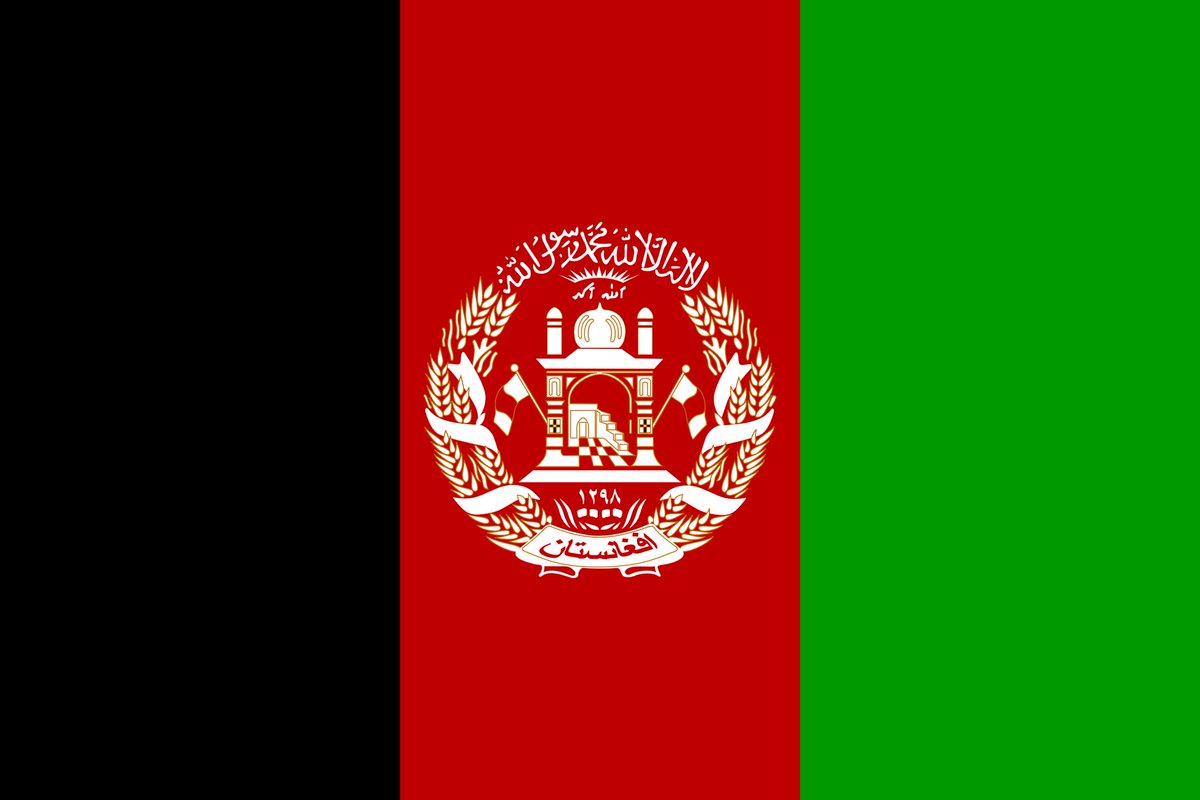
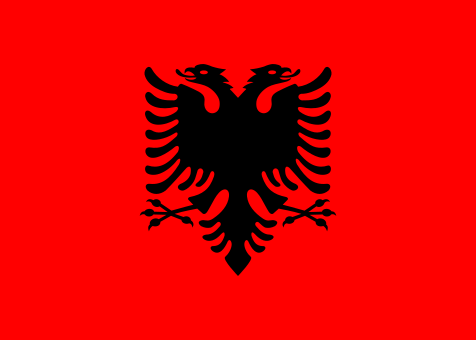

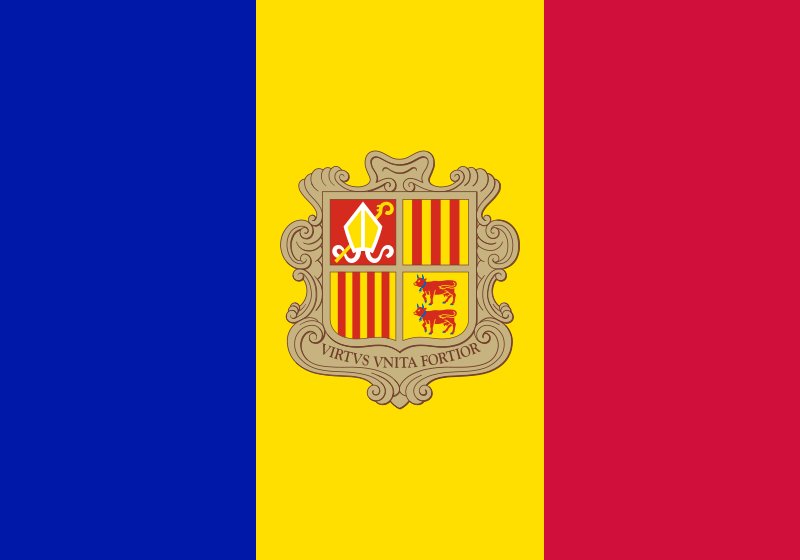

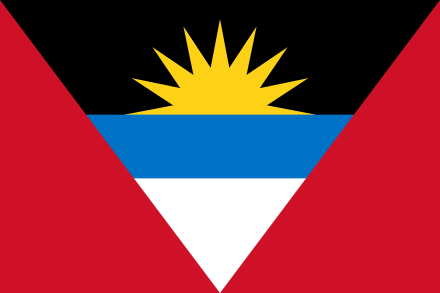
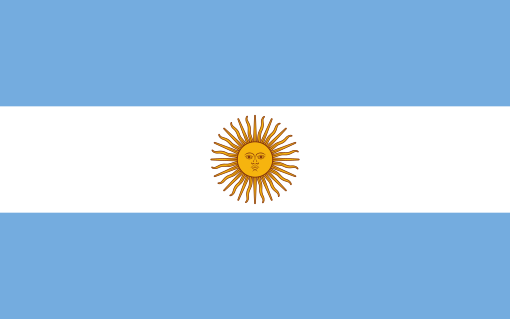
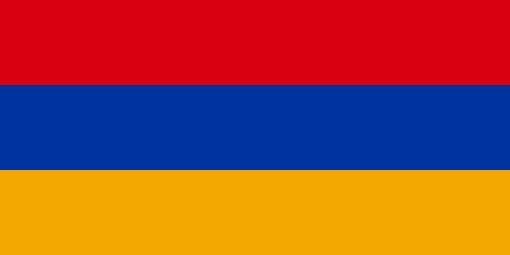
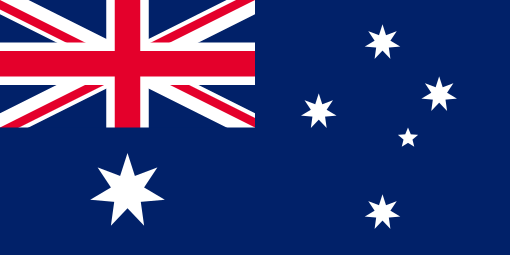
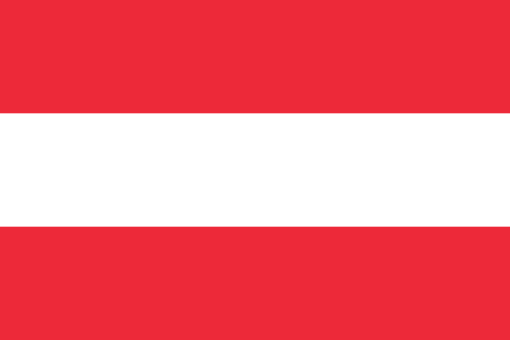
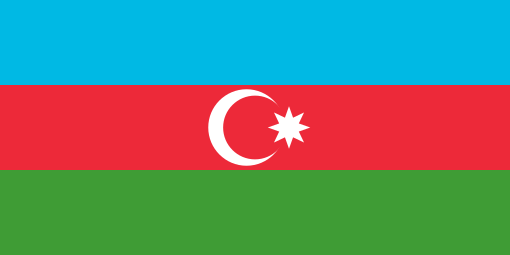
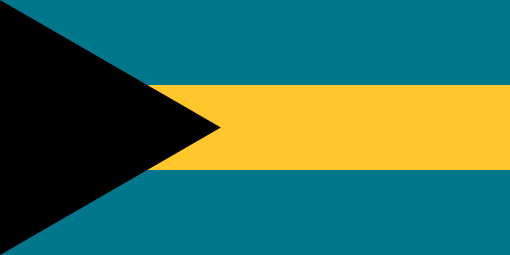
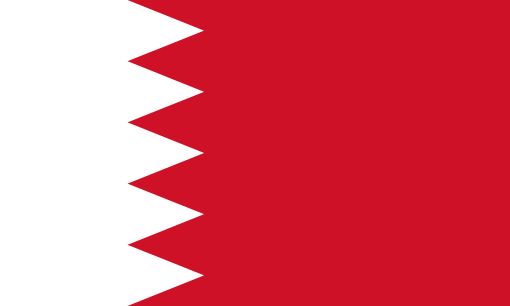
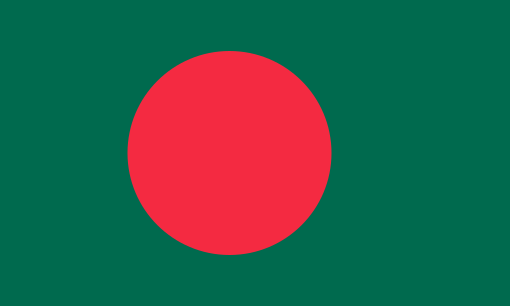

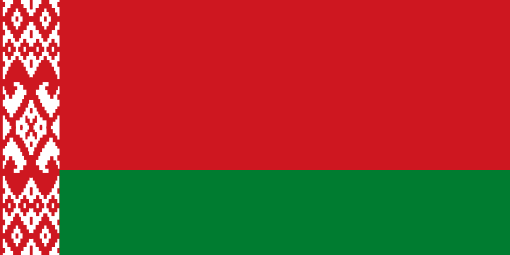
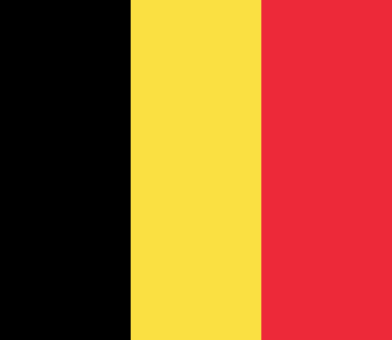
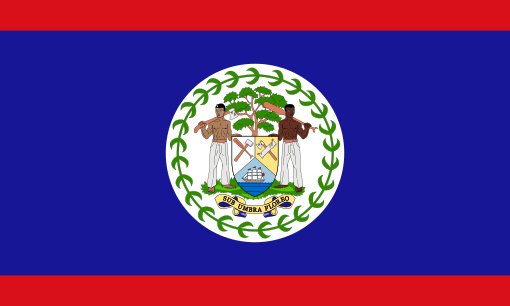
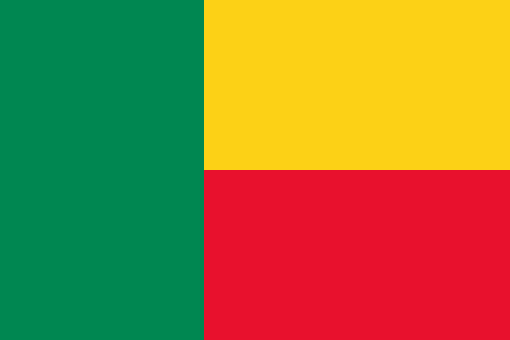
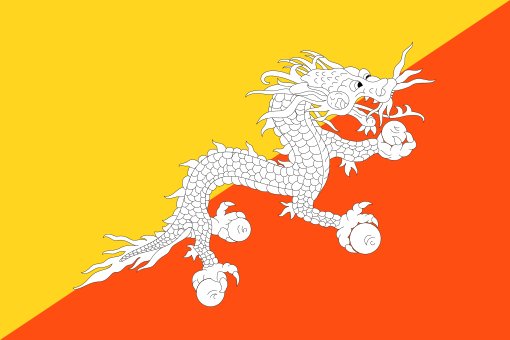
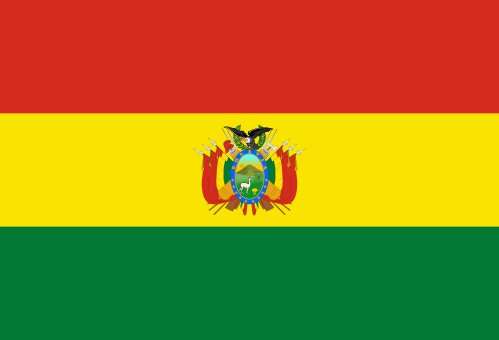
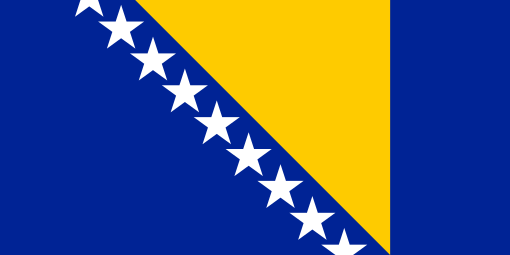
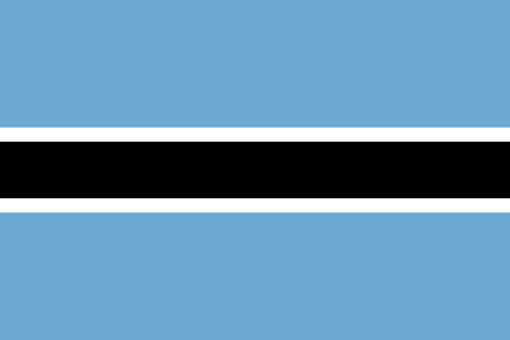

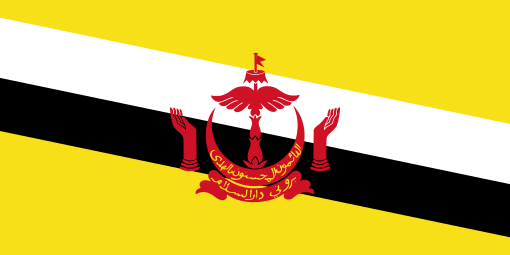
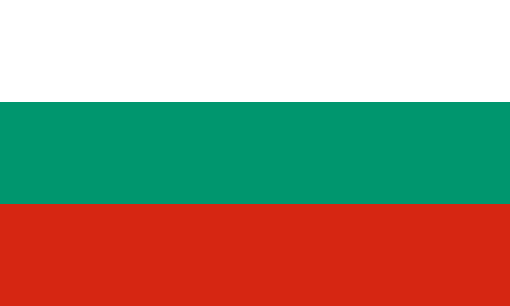

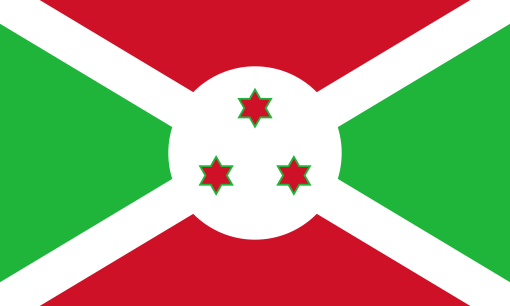
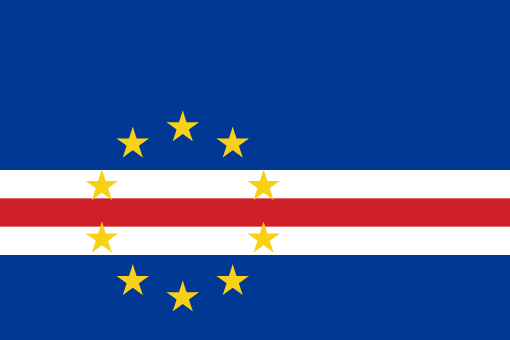
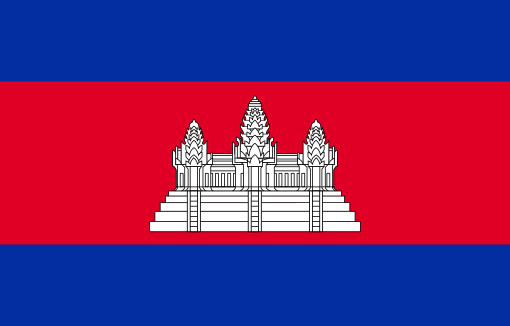

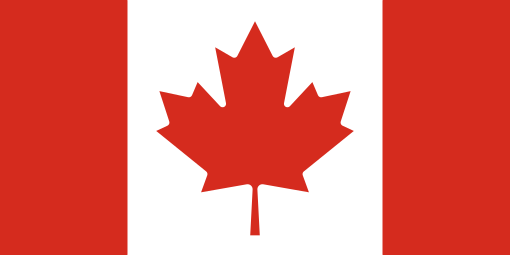
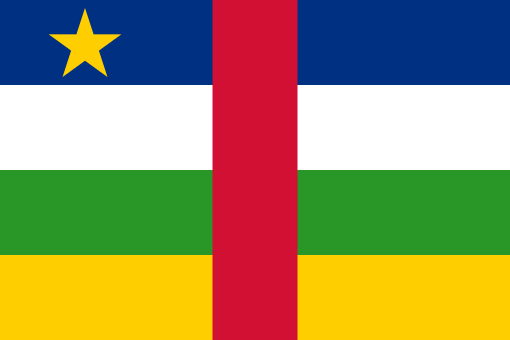
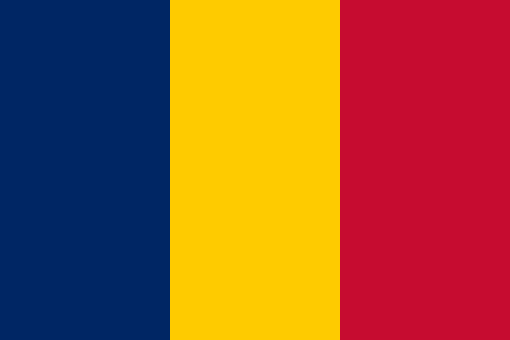

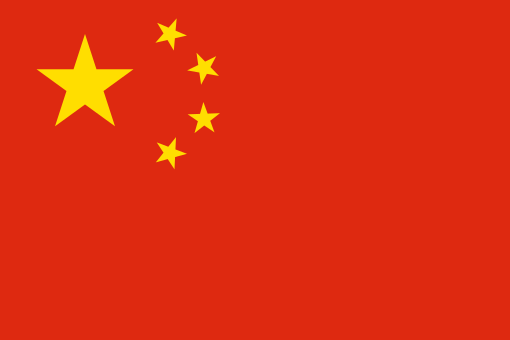 The red represents the revolution, the five stars represents the unity of the Chinese people under the leadership of the Communist Party of China. First flown in 1949." title="China. 5/10. A country of over a billion people and this is the best they could do... https://abs.twimg.com/emoji/v2/... draggable="false" alt="🙄" title="Gesicht mit rollenden Augen" aria-label="Emoji: Gesicht mit rollenden Augen"> The red represents the revolution, the five stars represents the unity of the Chinese people under the leadership of the Communist Party of China. First flown in 1949." class="img-responsive" style="max-width:100%;"/>
The red represents the revolution, the five stars represents the unity of the Chinese people under the leadership of the Communist Party of China. First flown in 1949." title="China. 5/10. A country of over a billion people and this is the best they could do... https://abs.twimg.com/emoji/v2/... draggable="false" alt="🙄" title="Gesicht mit rollenden Augen" aria-label="Emoji: Gesicht mit rollenden Augen"> The red represents the revolution, the five stars represents the unity of the Chinese people under the leadership of the Communist Party of China. First flown in 1949." class="img-responsive" style="max-width:100%;"/>
